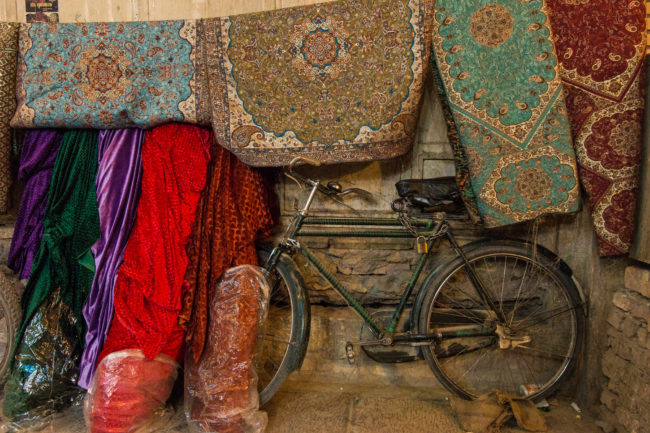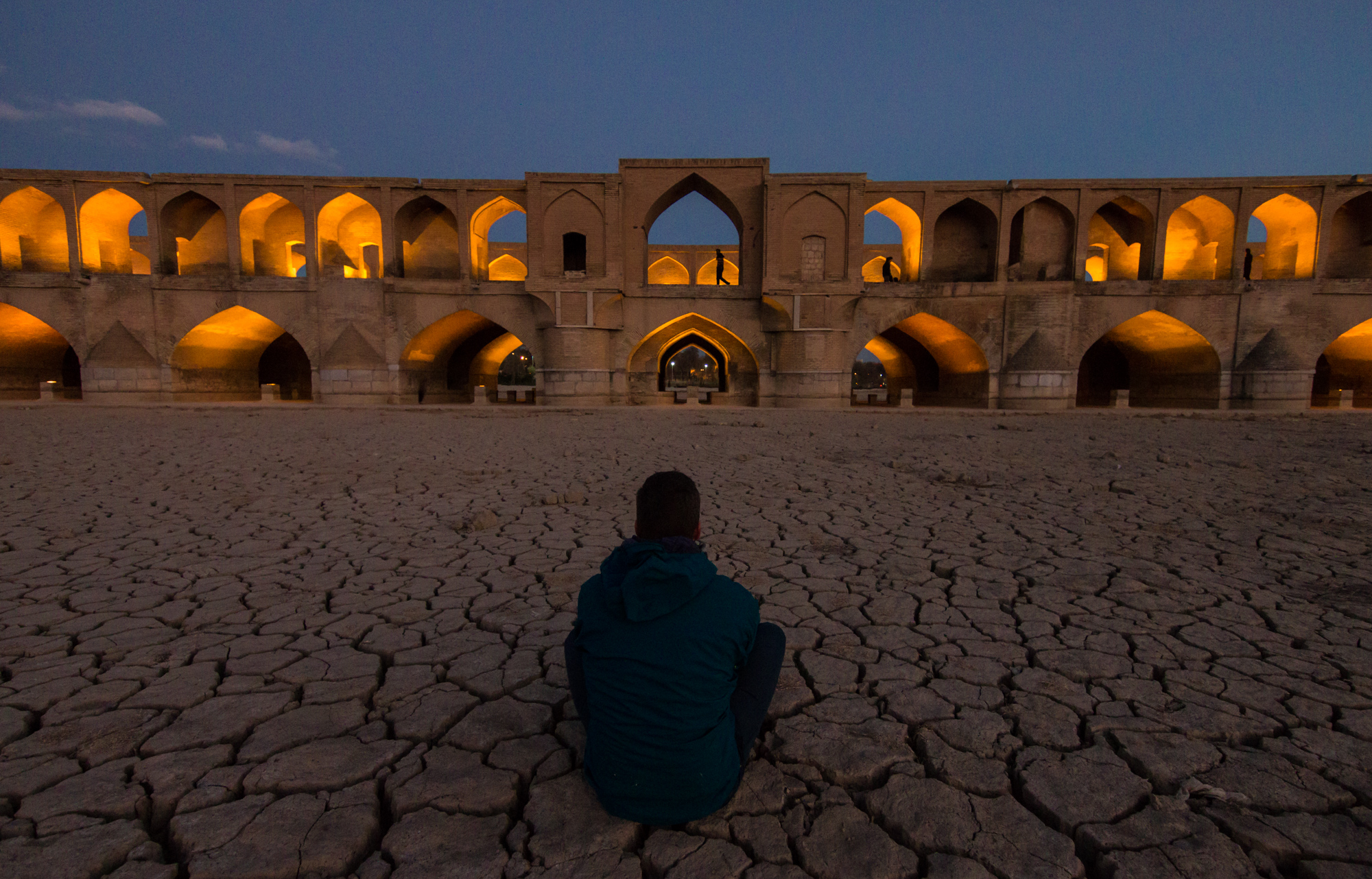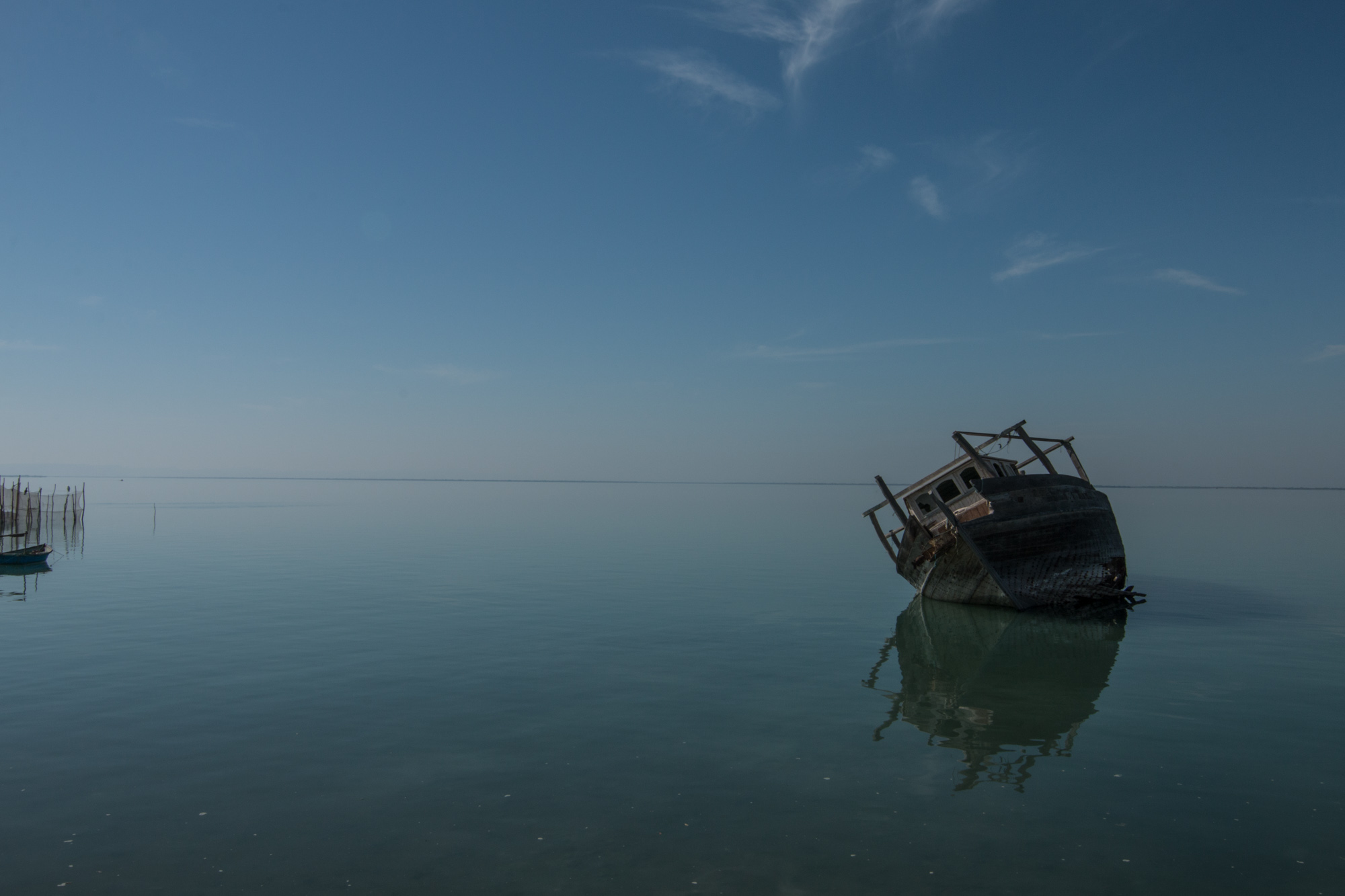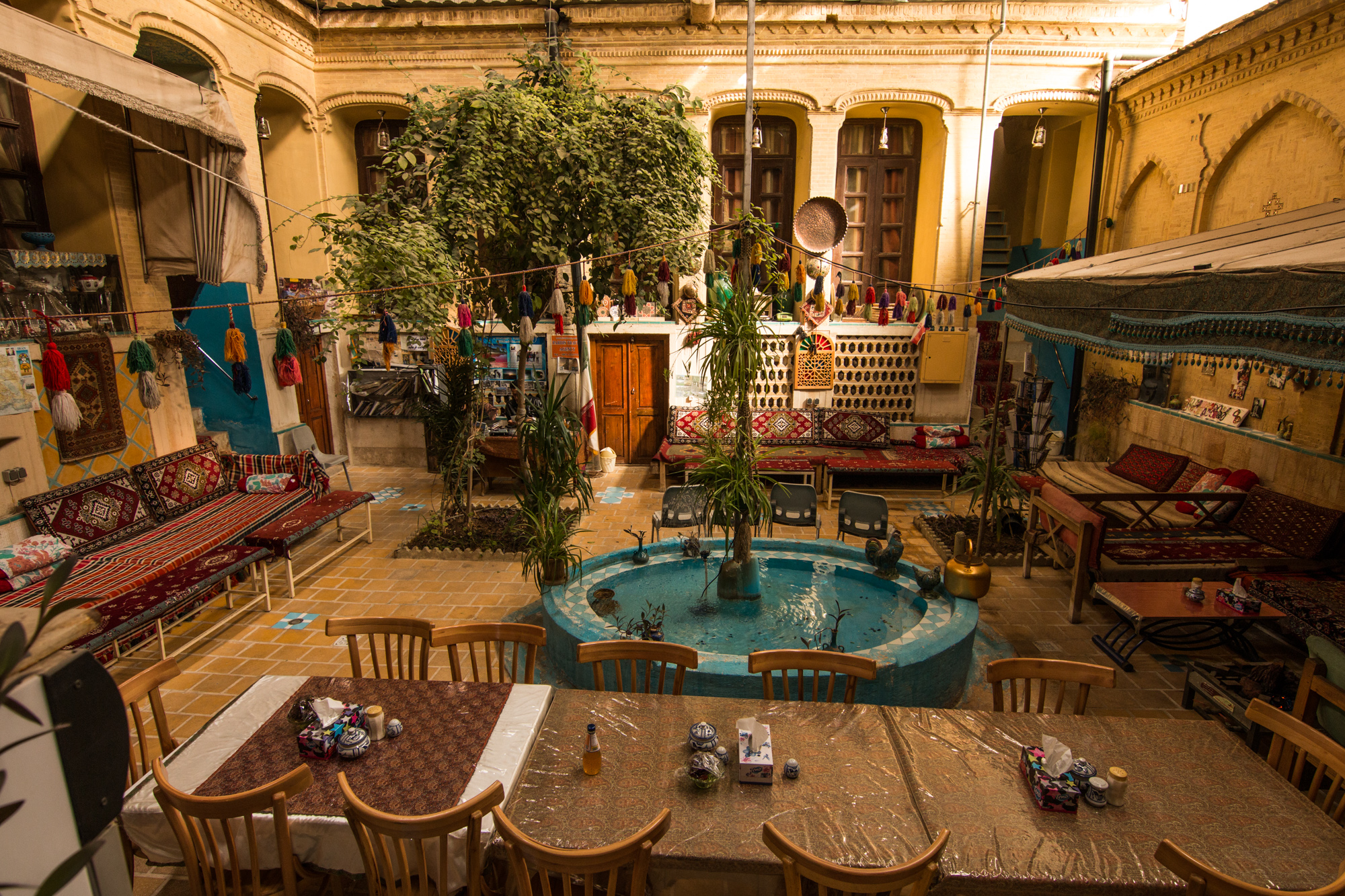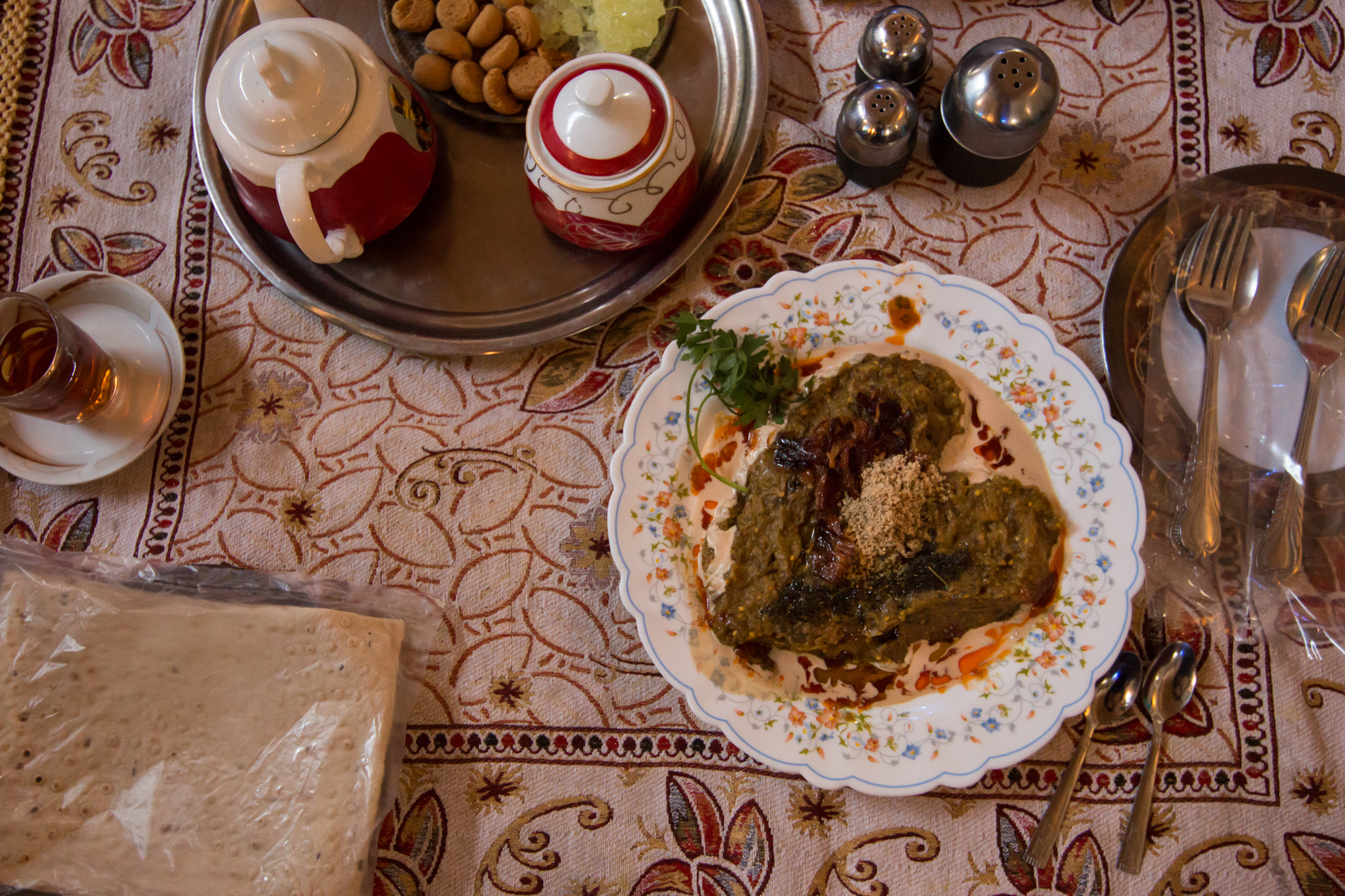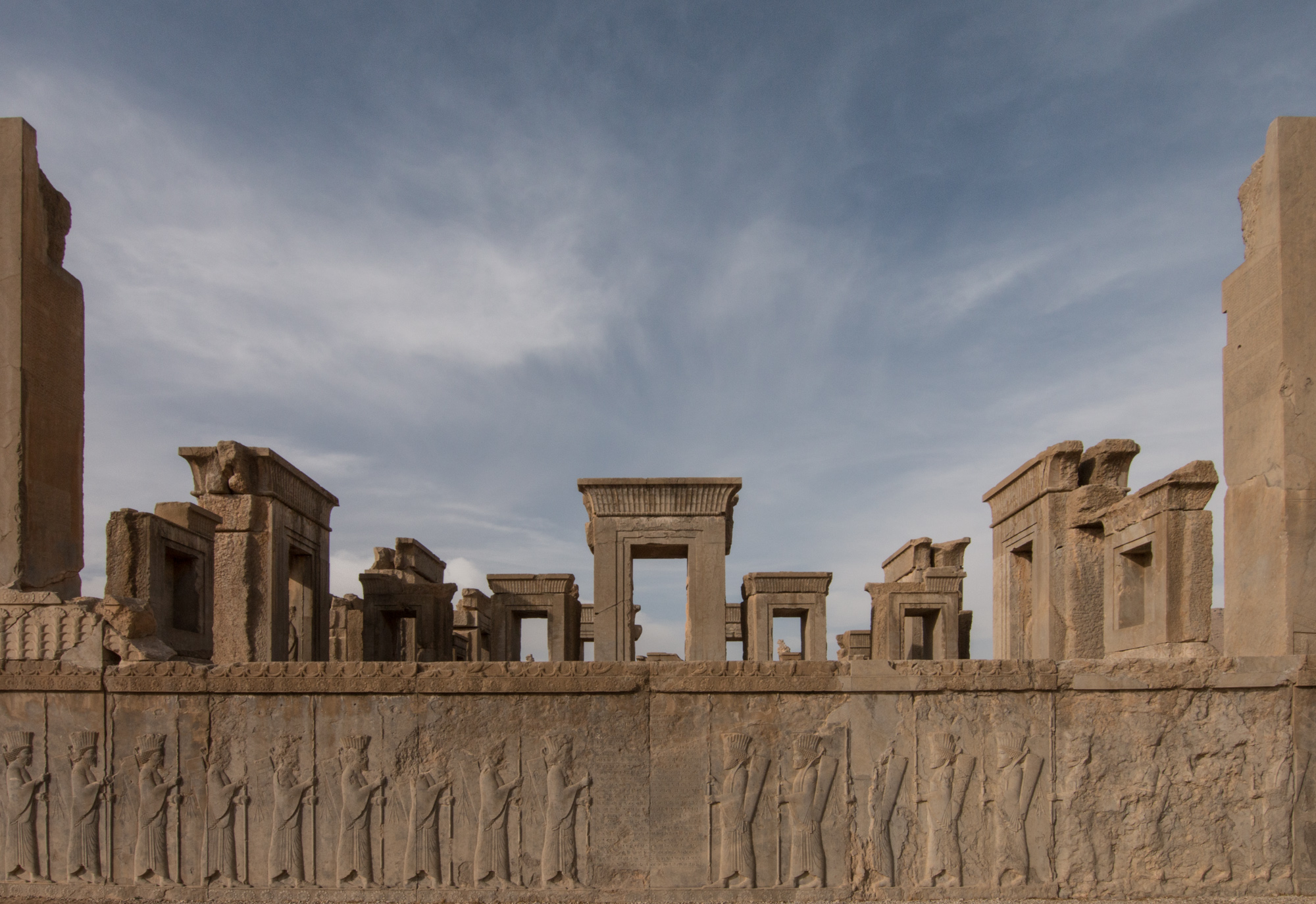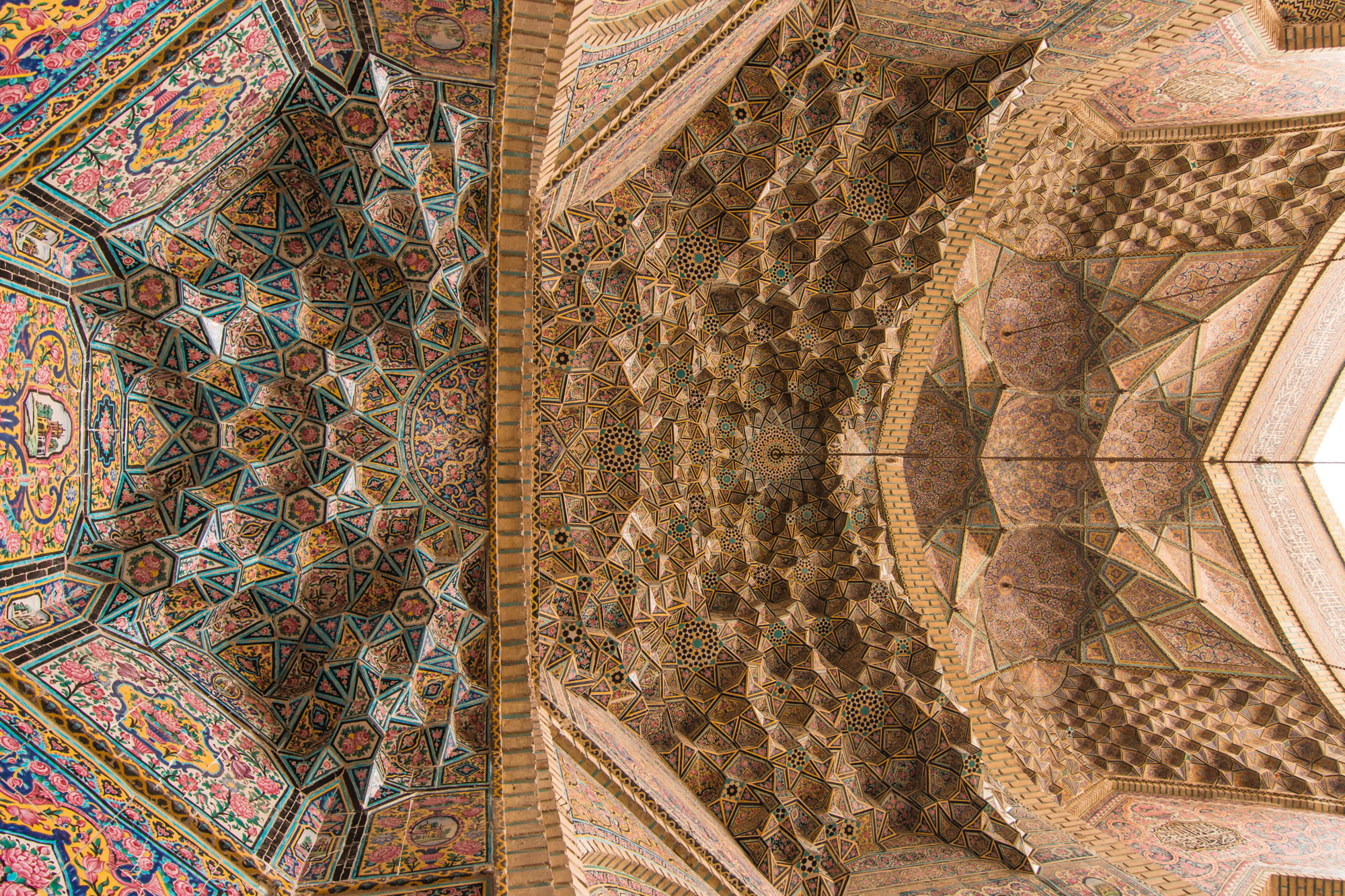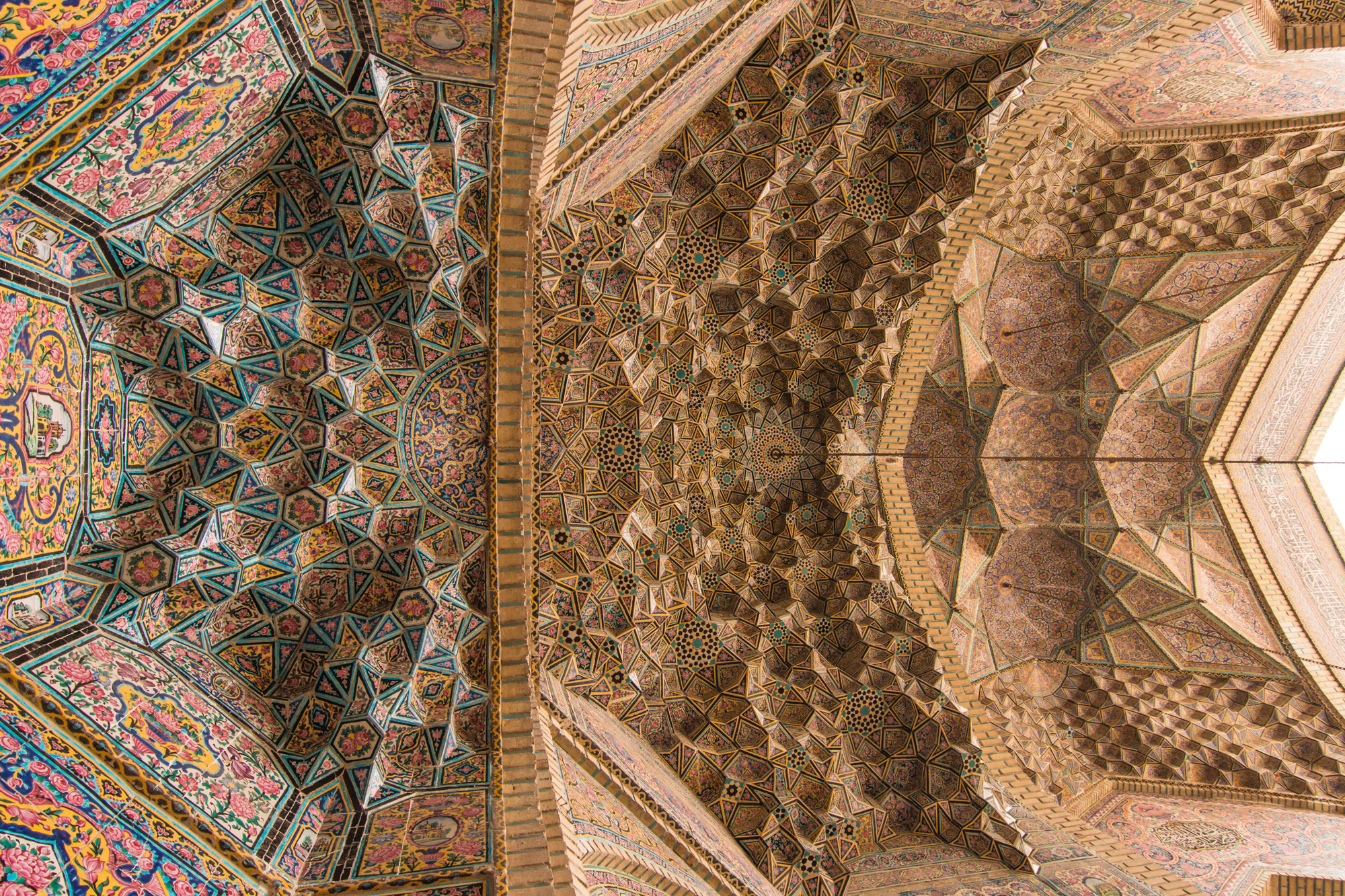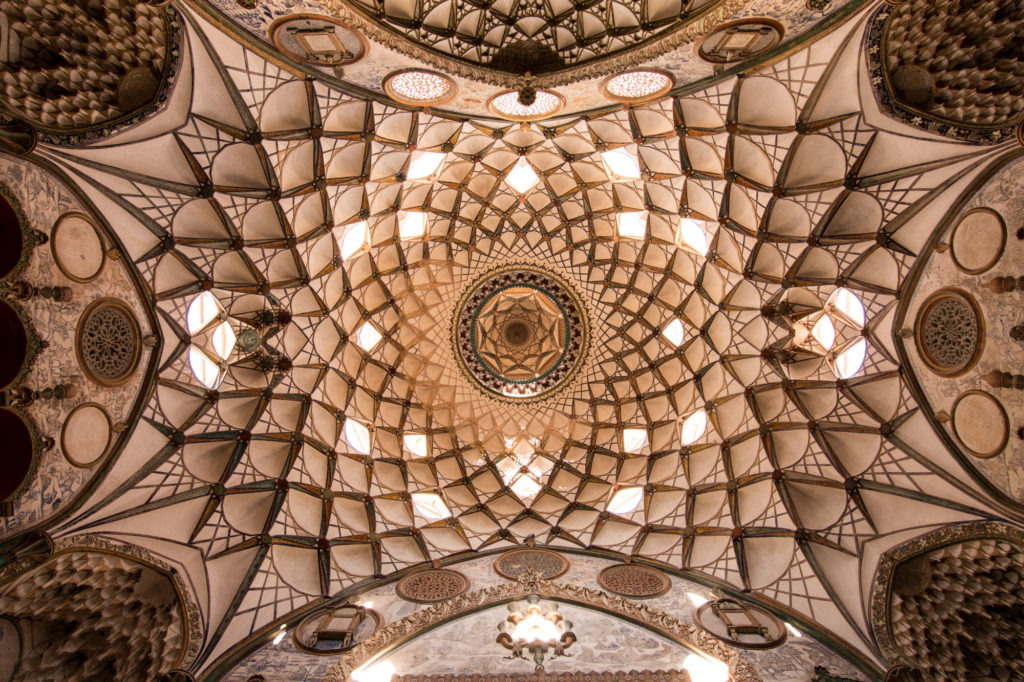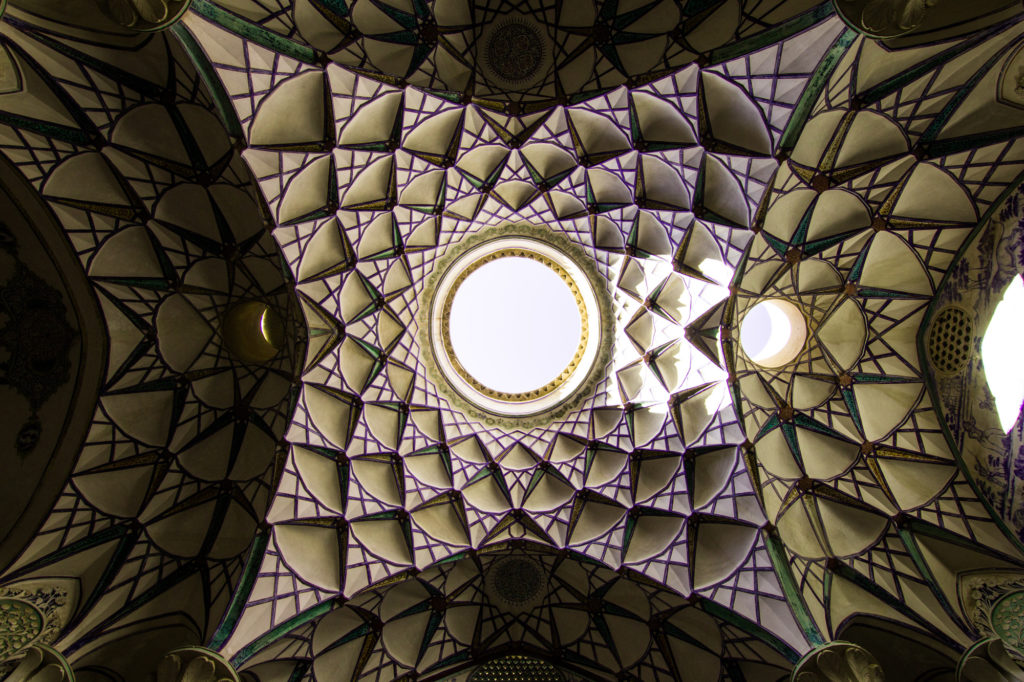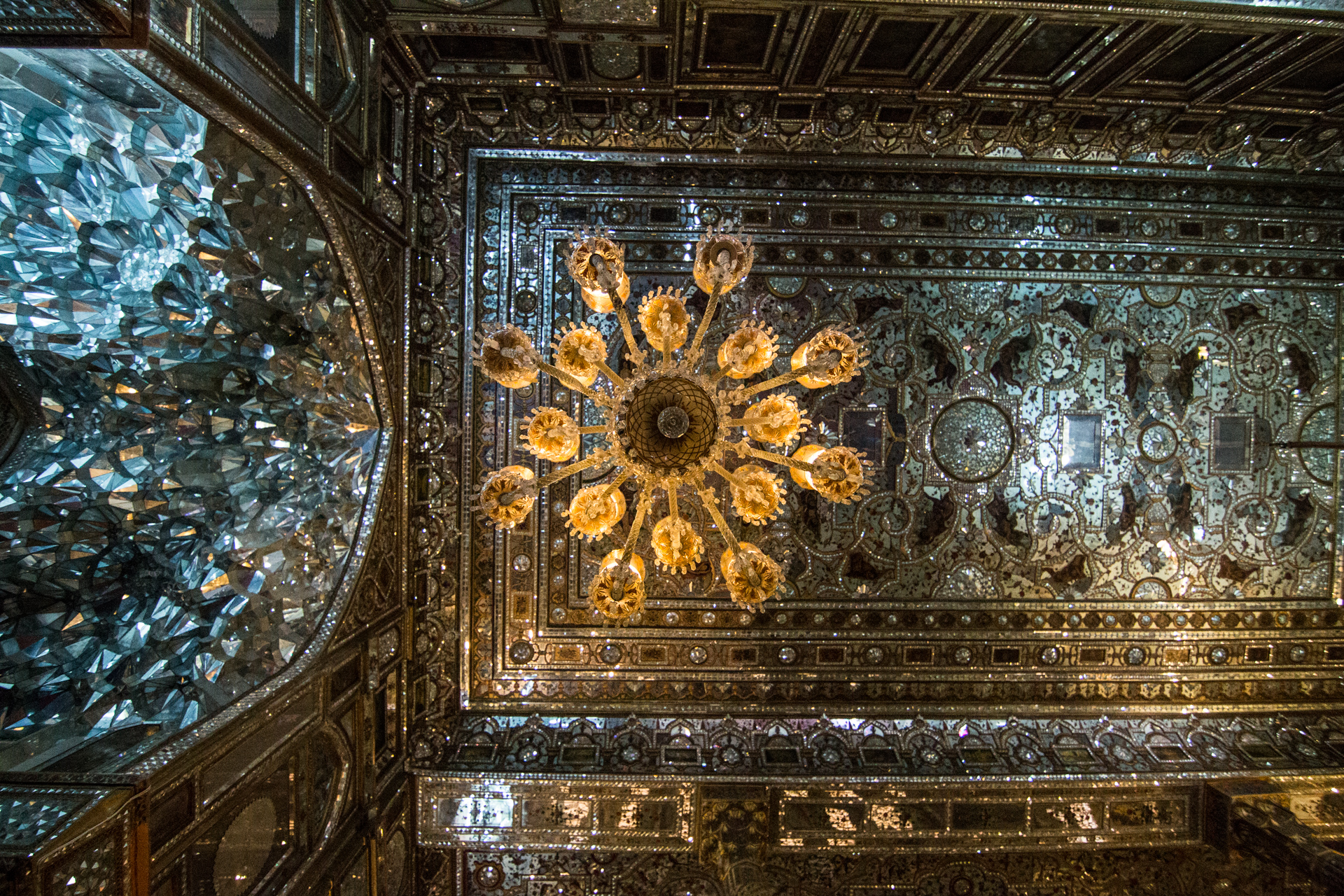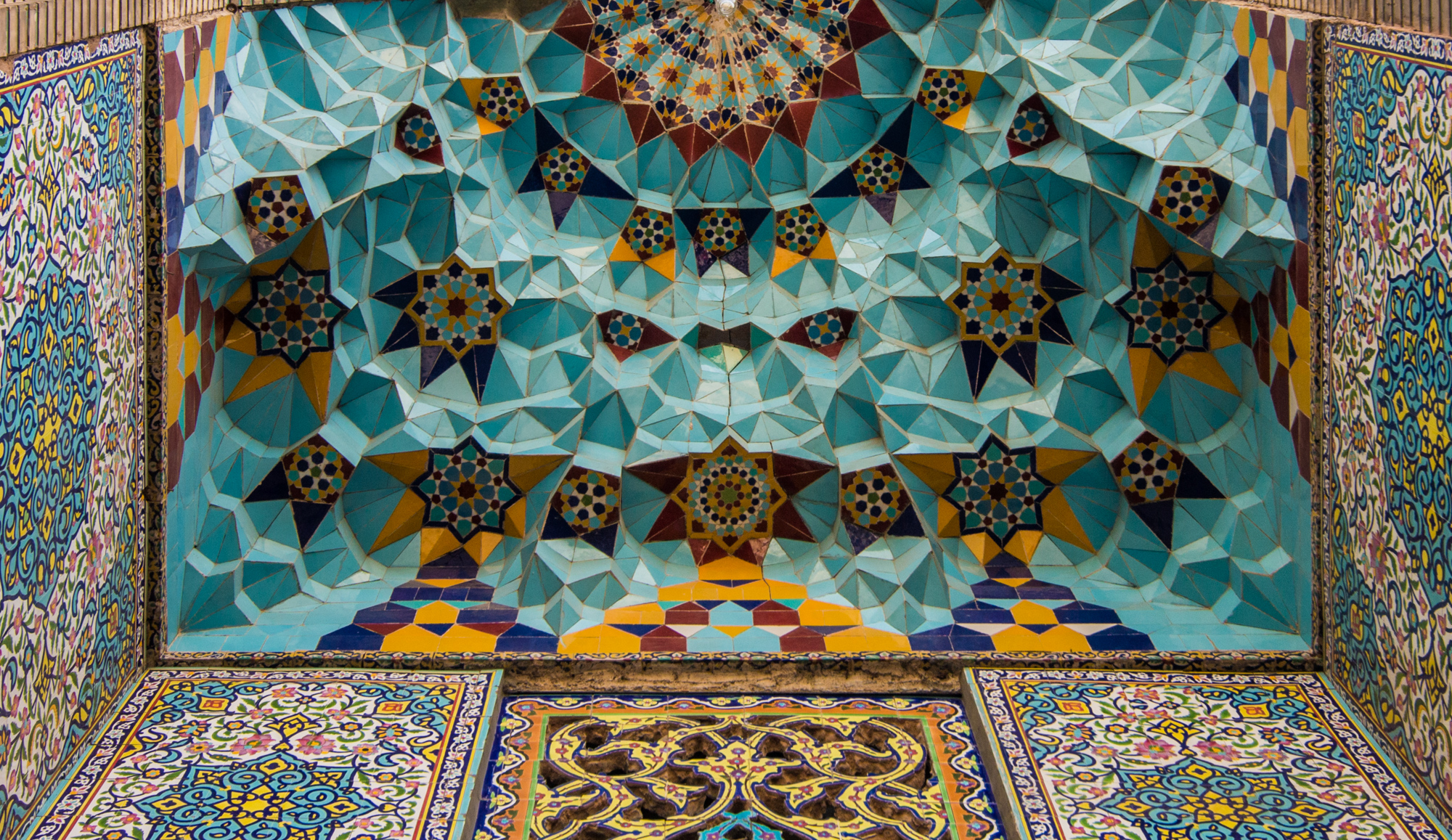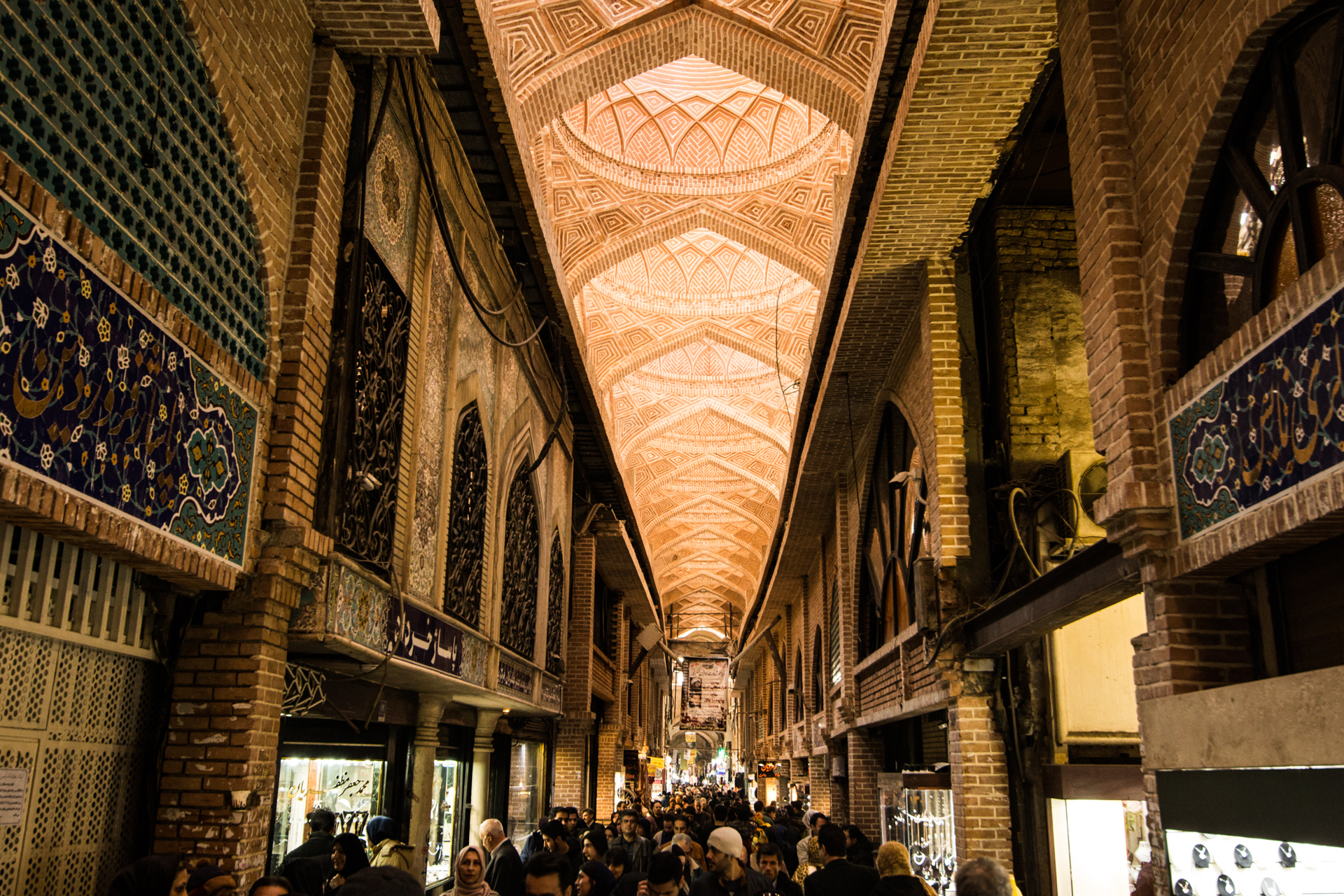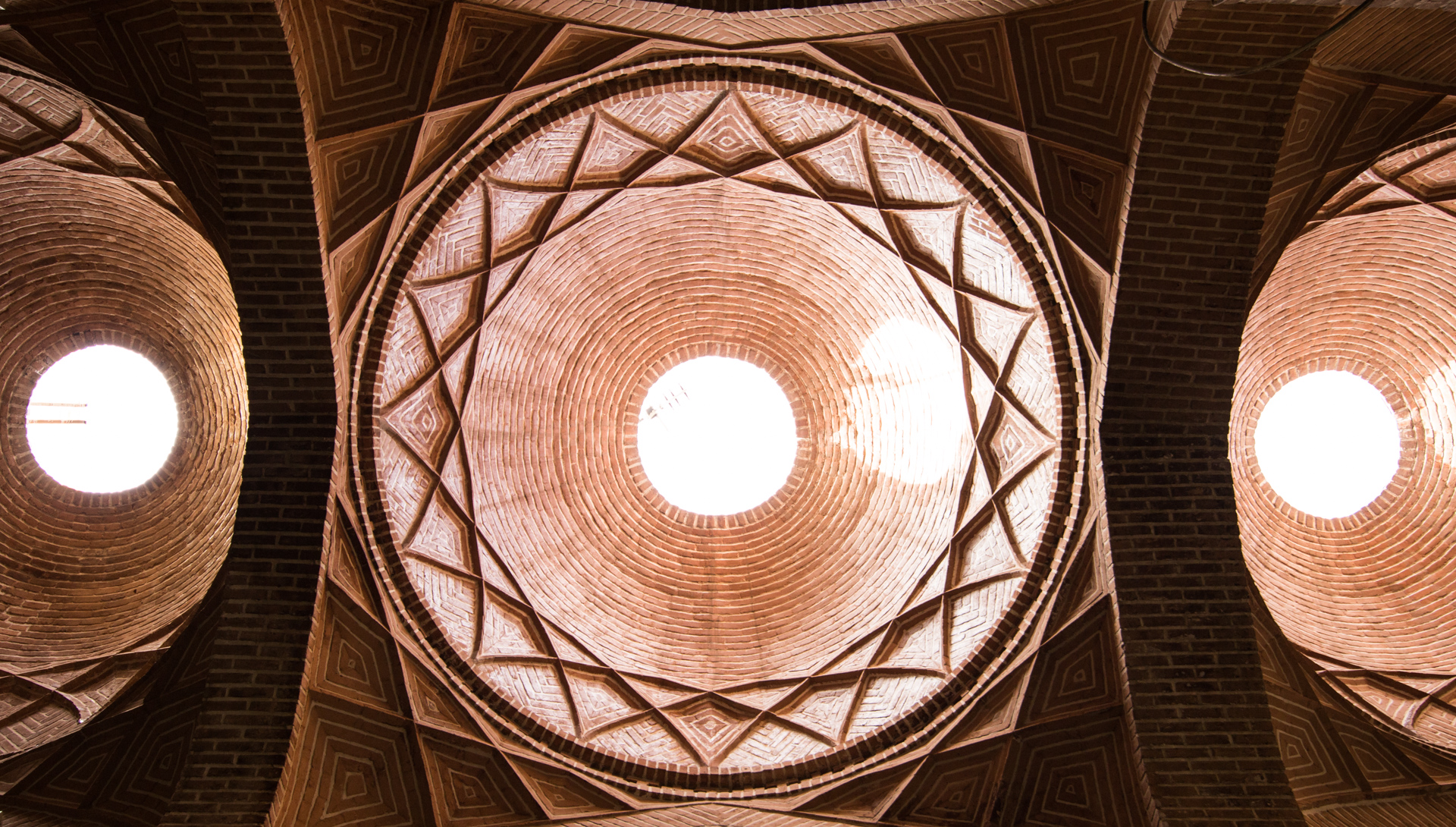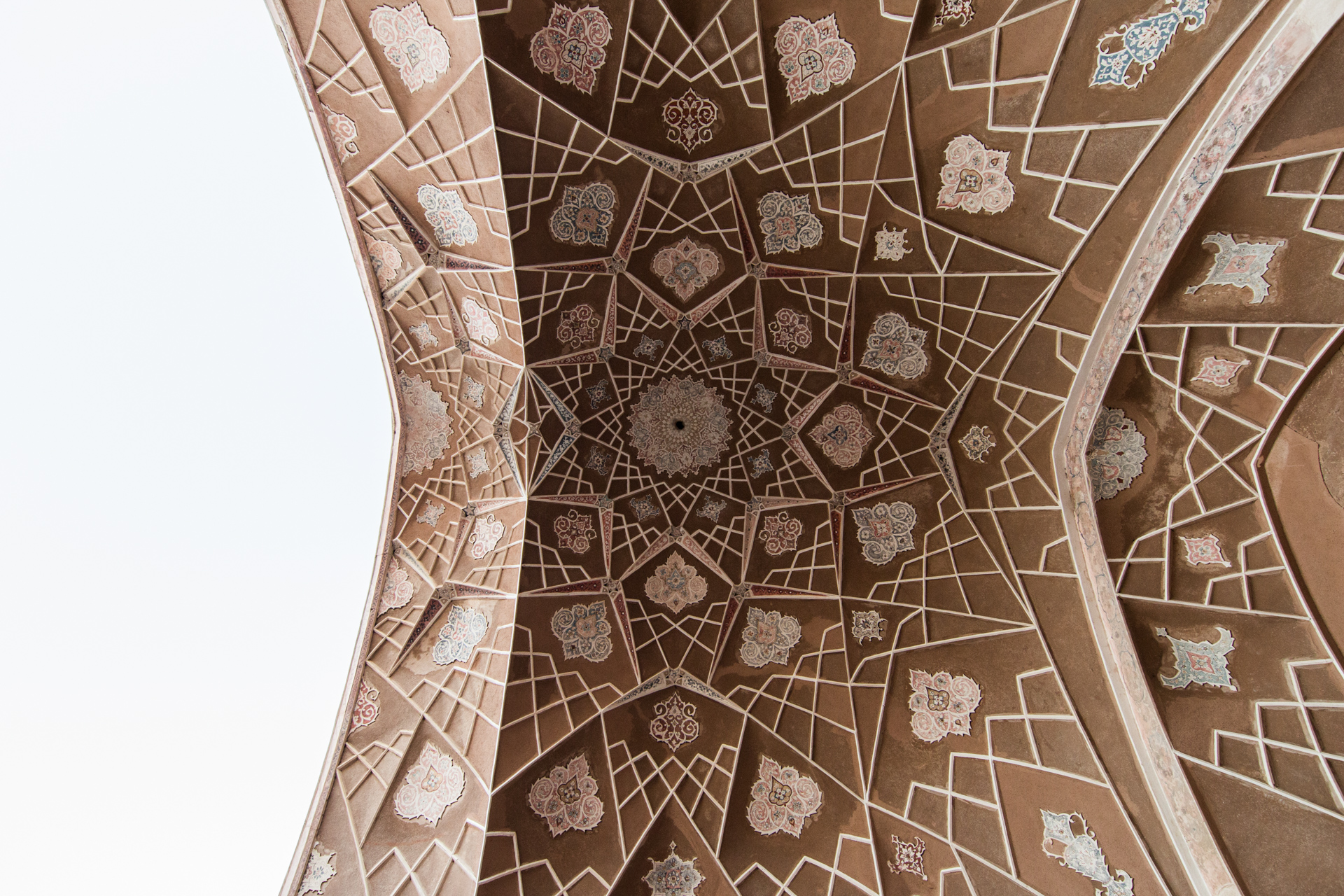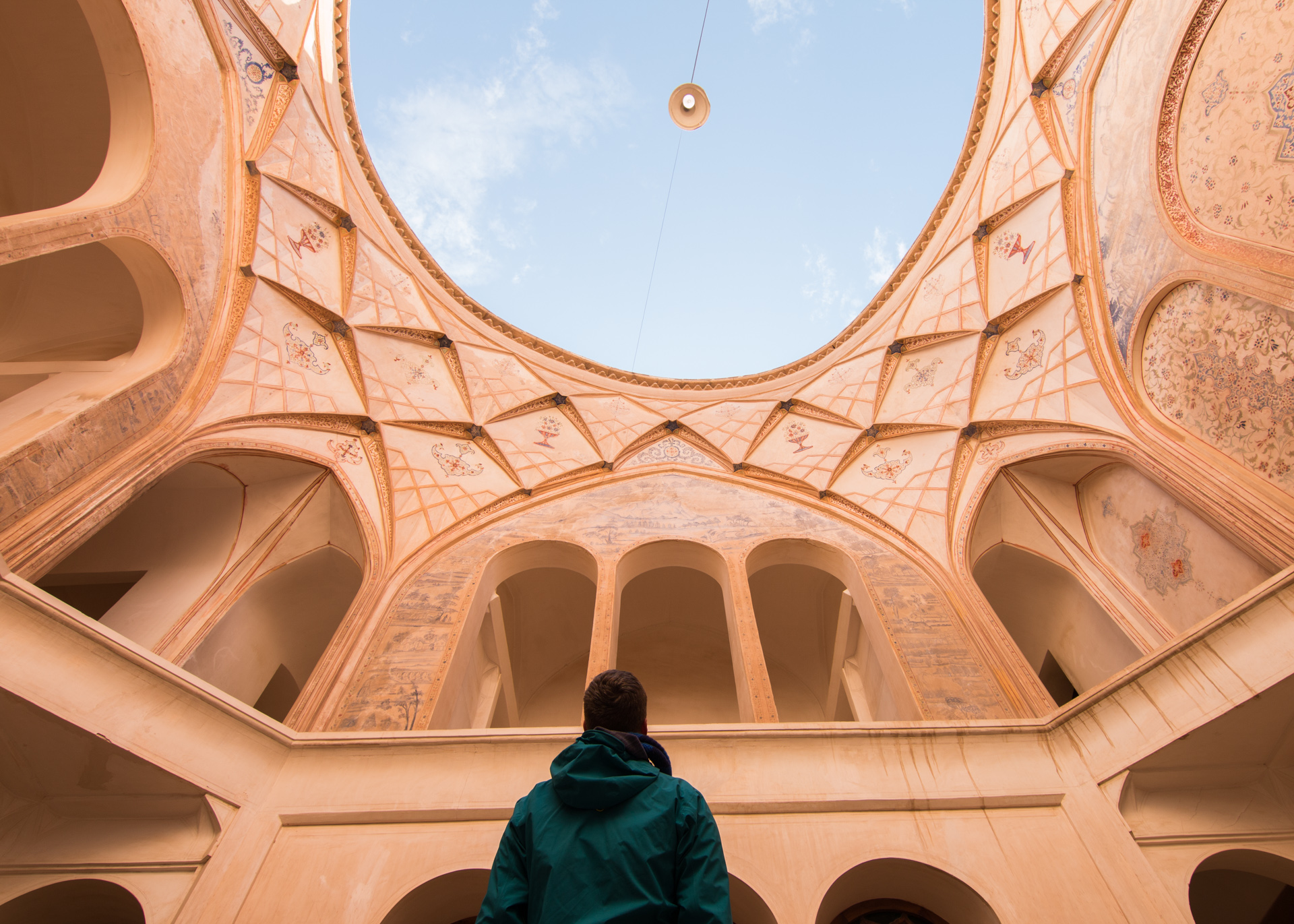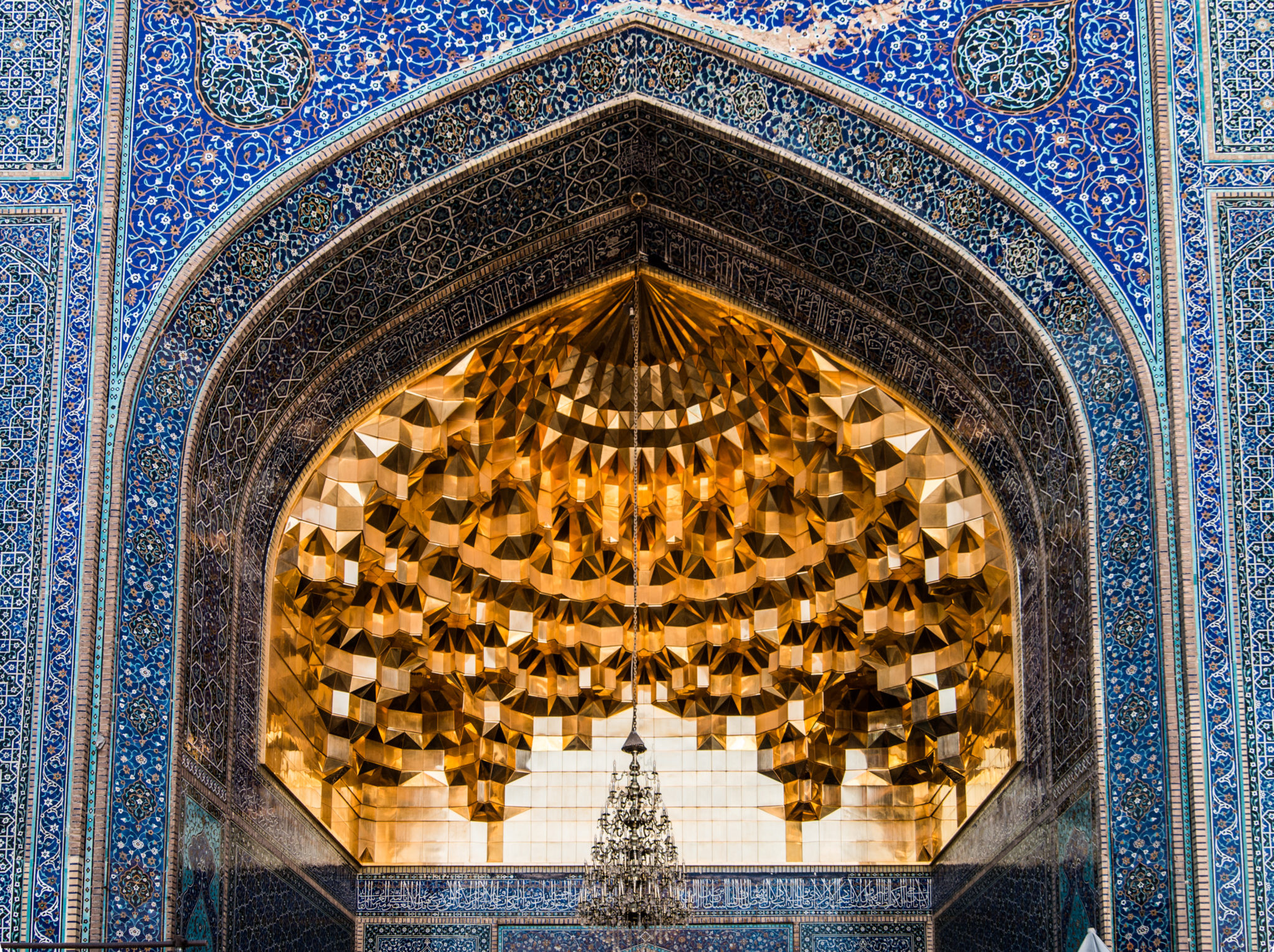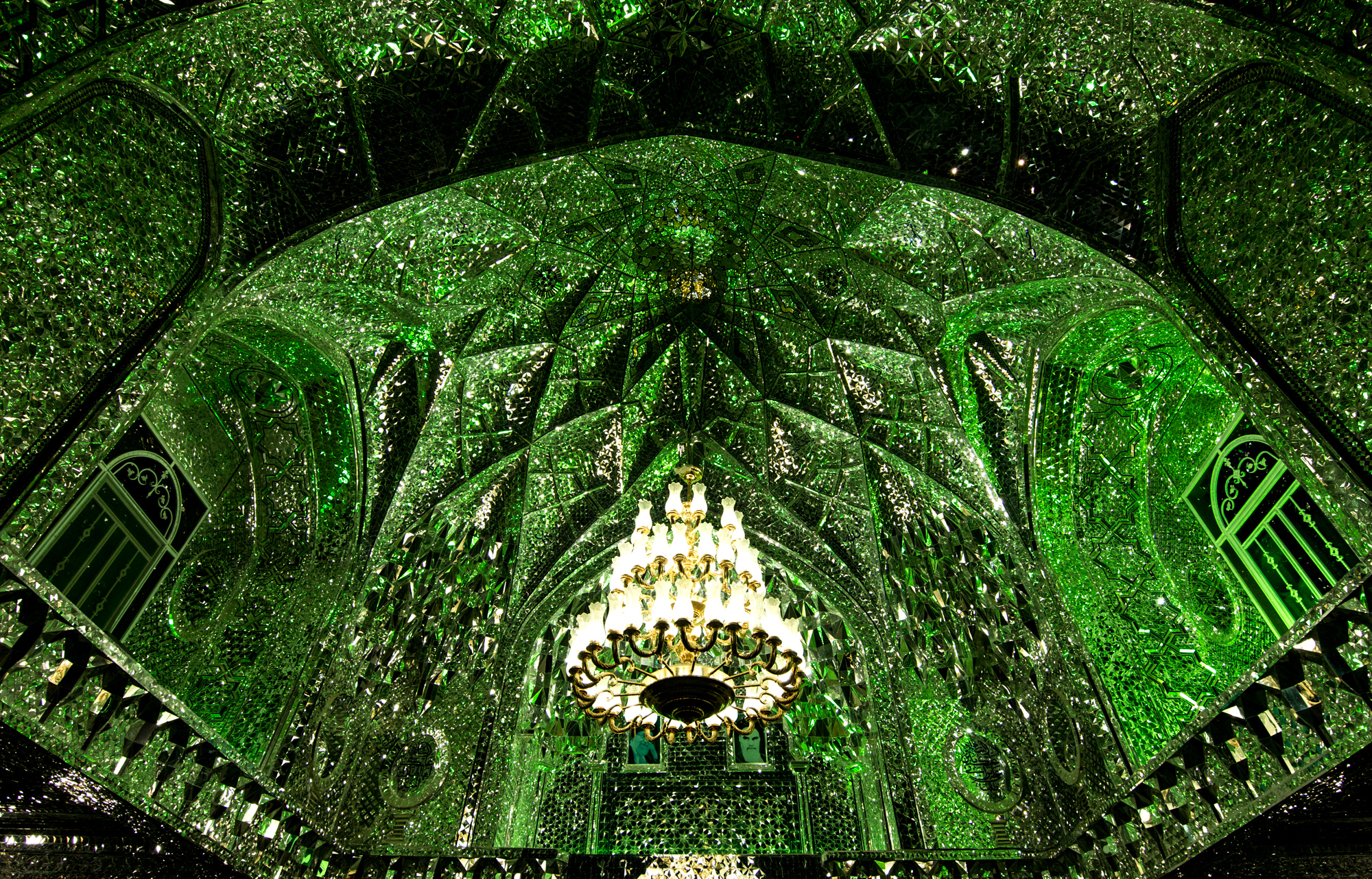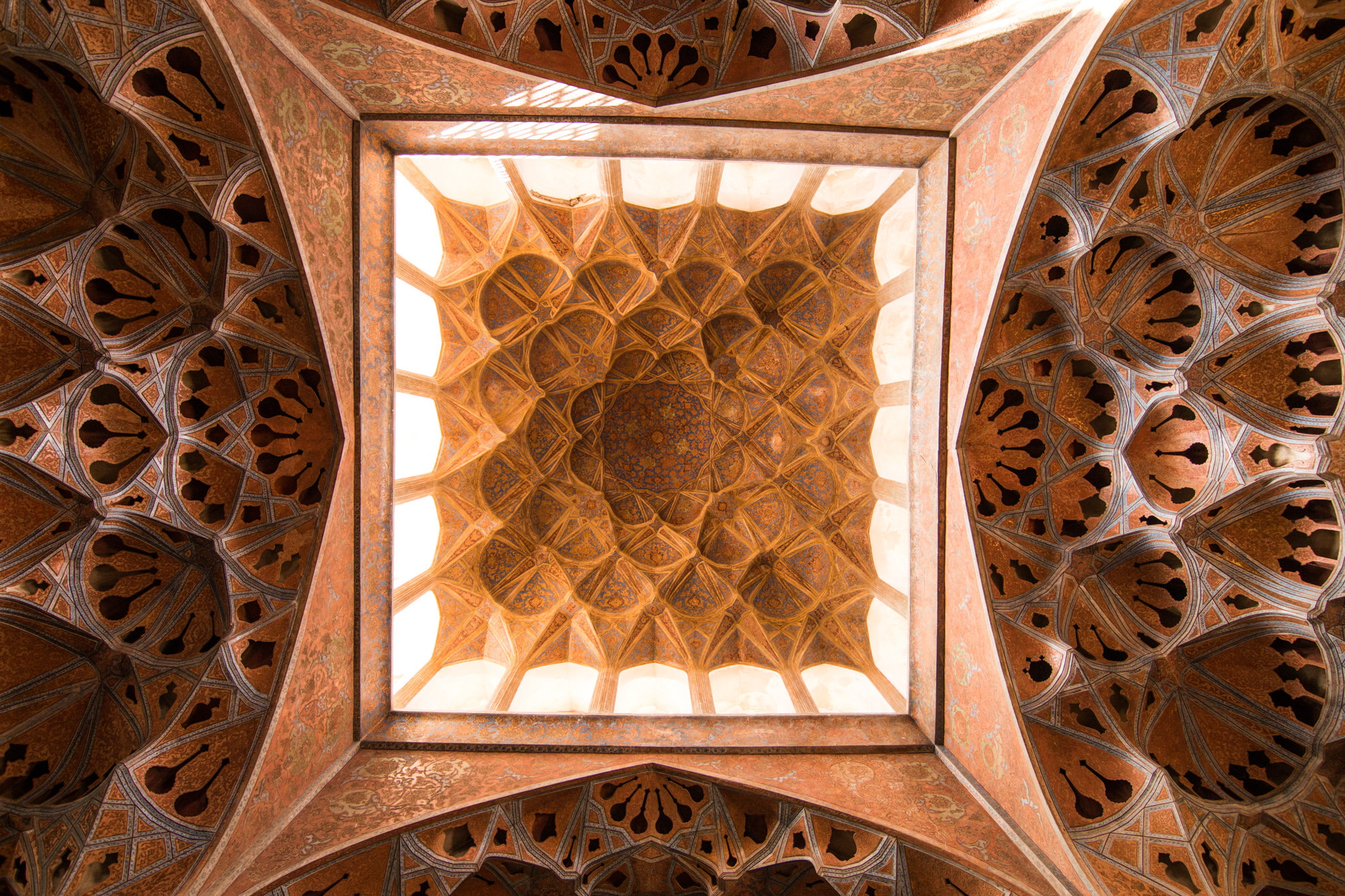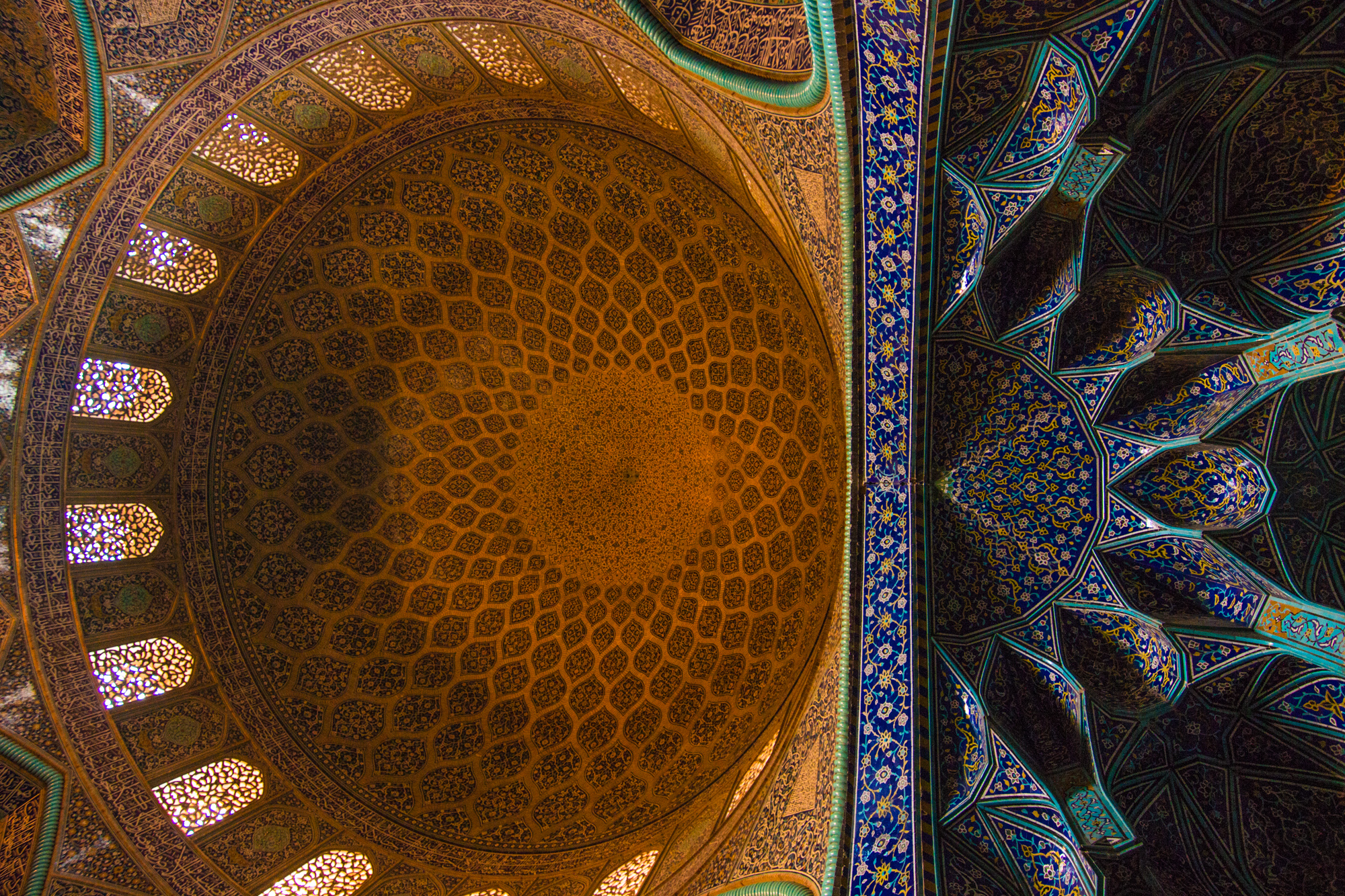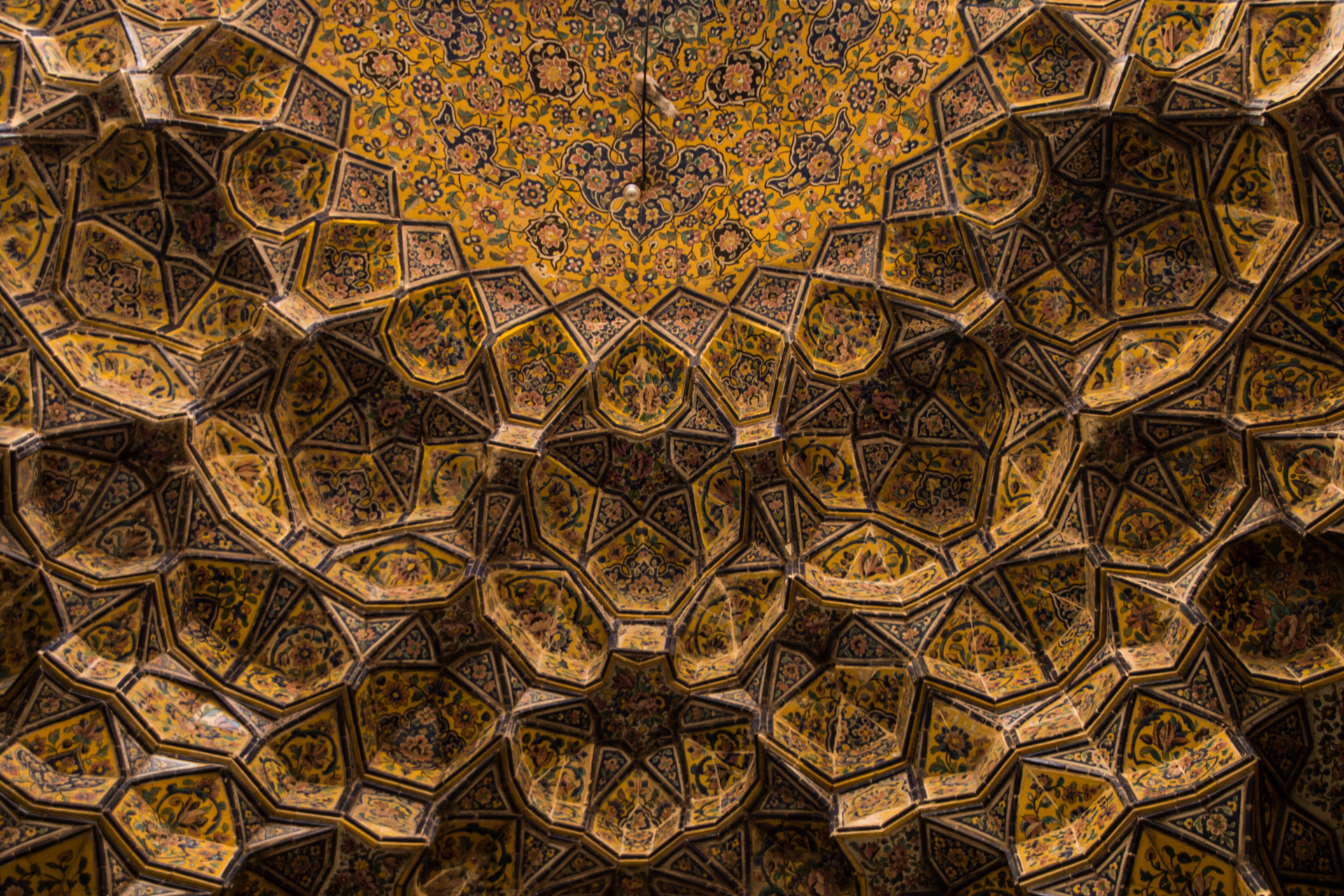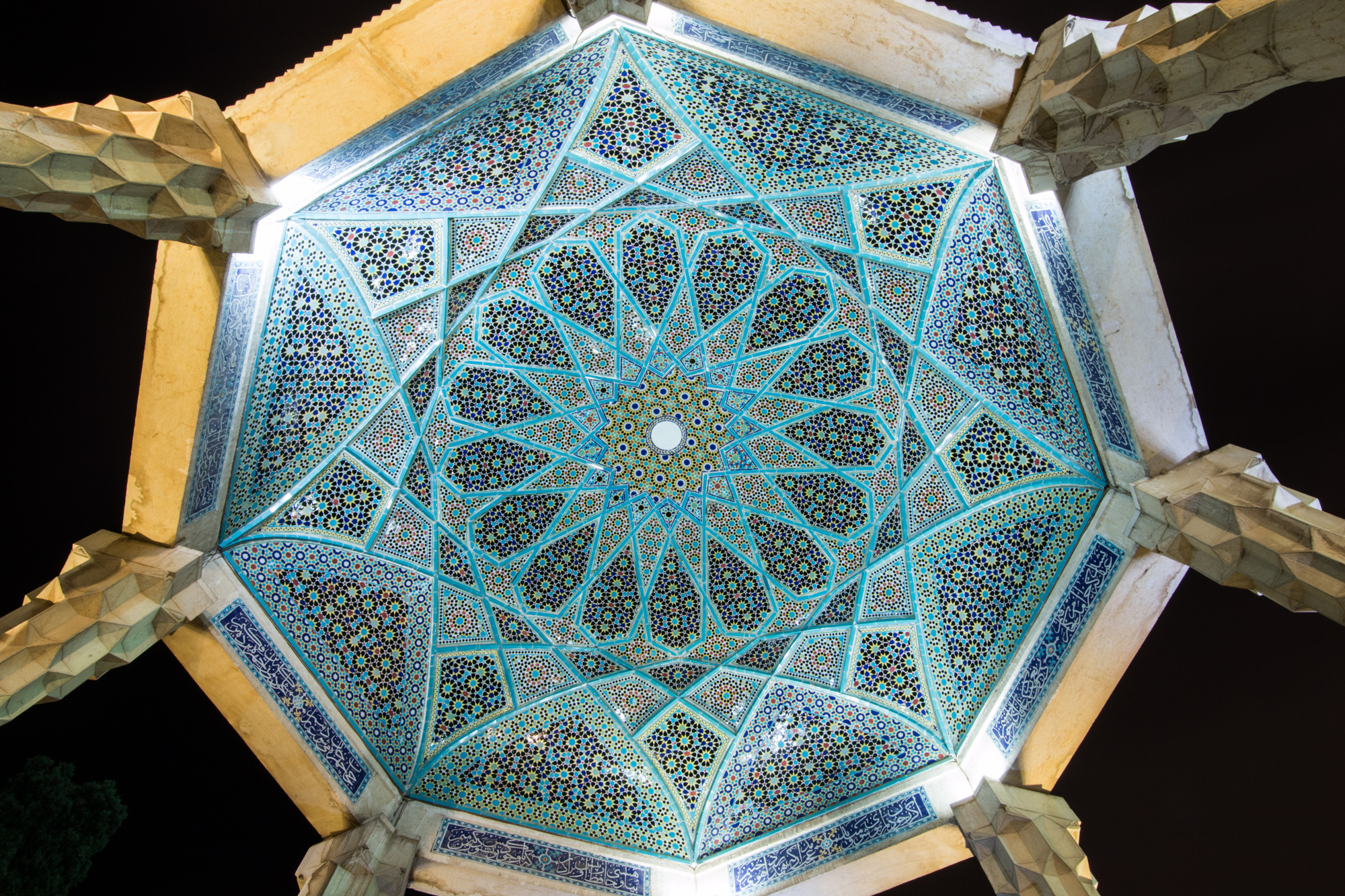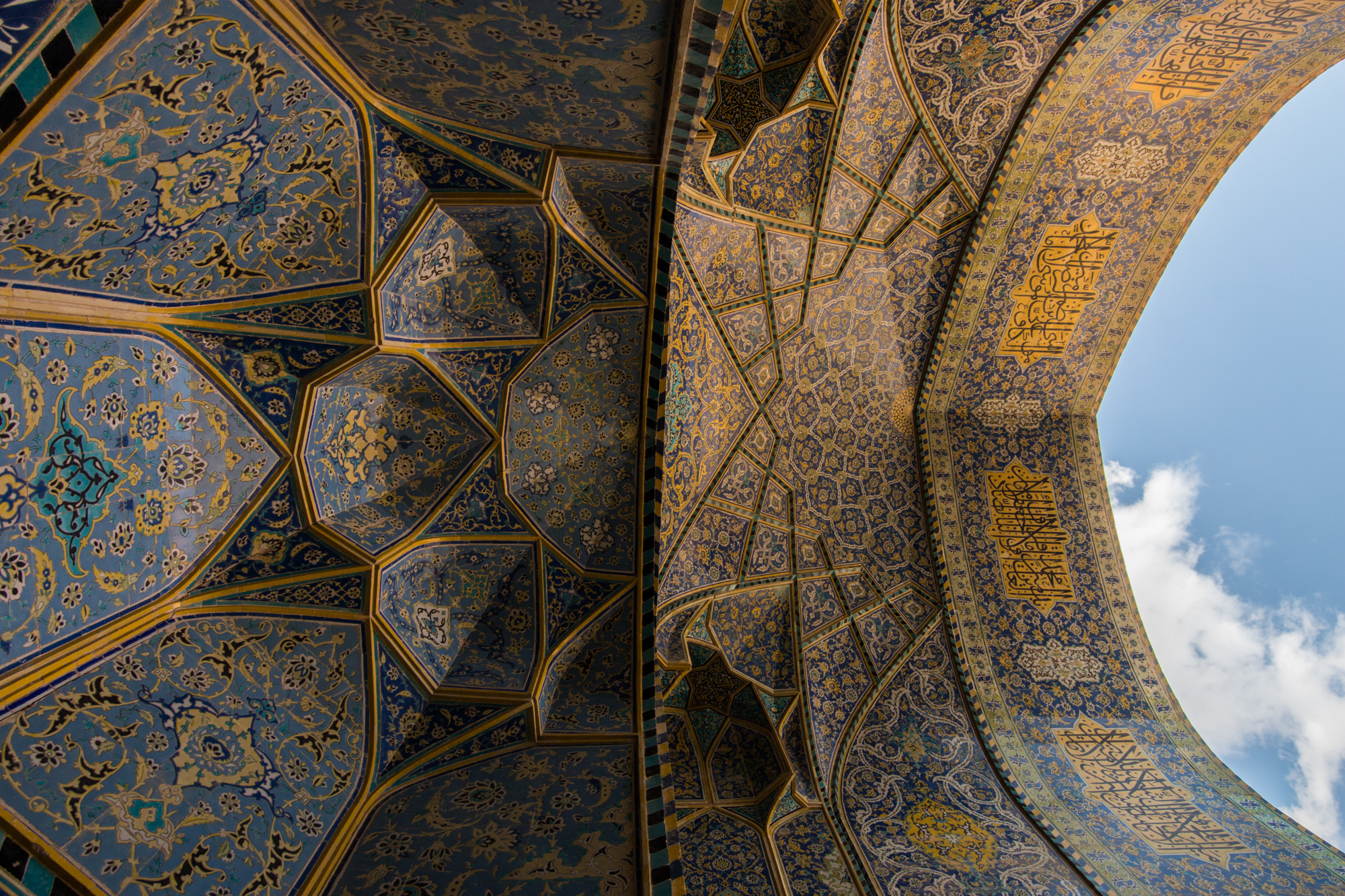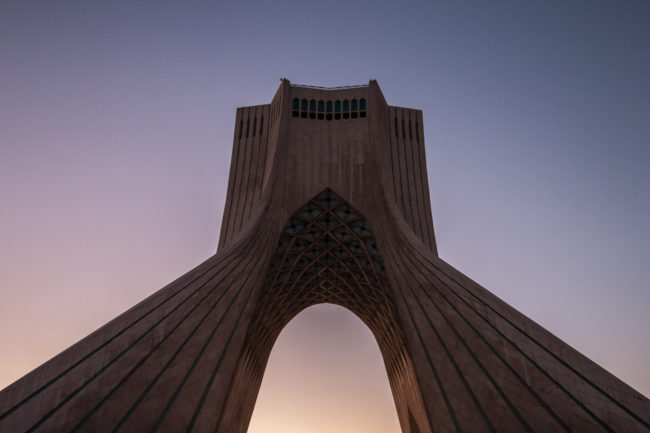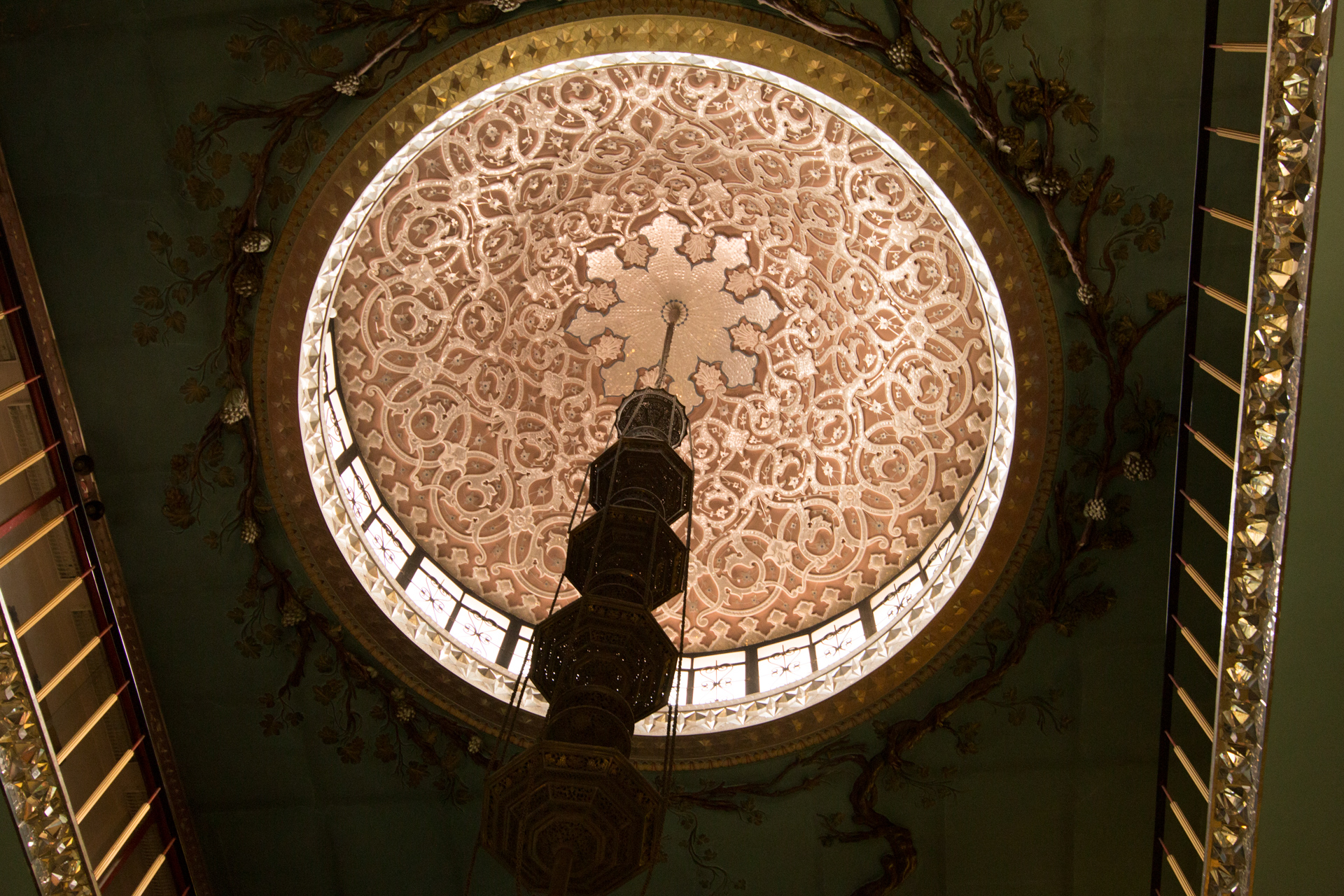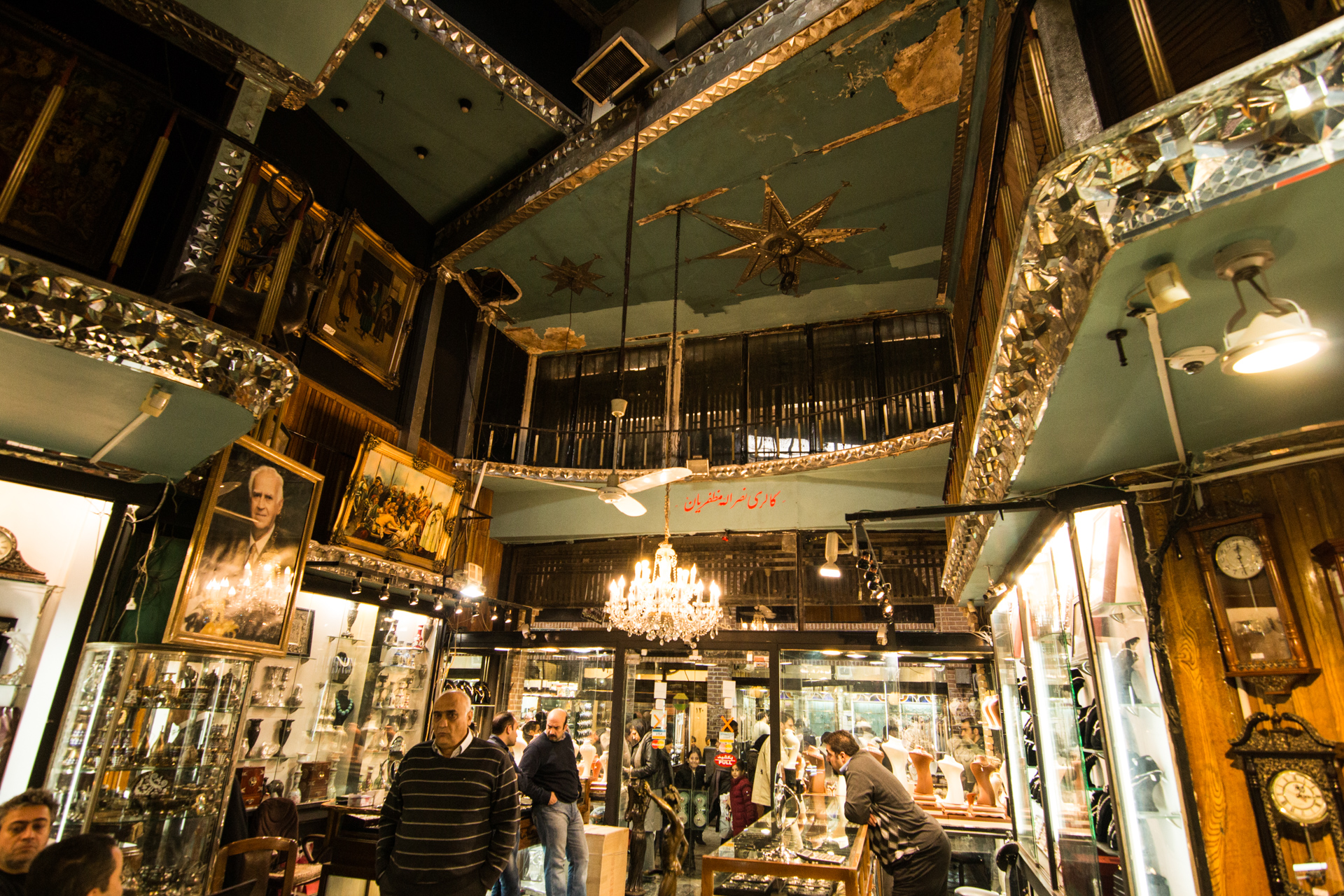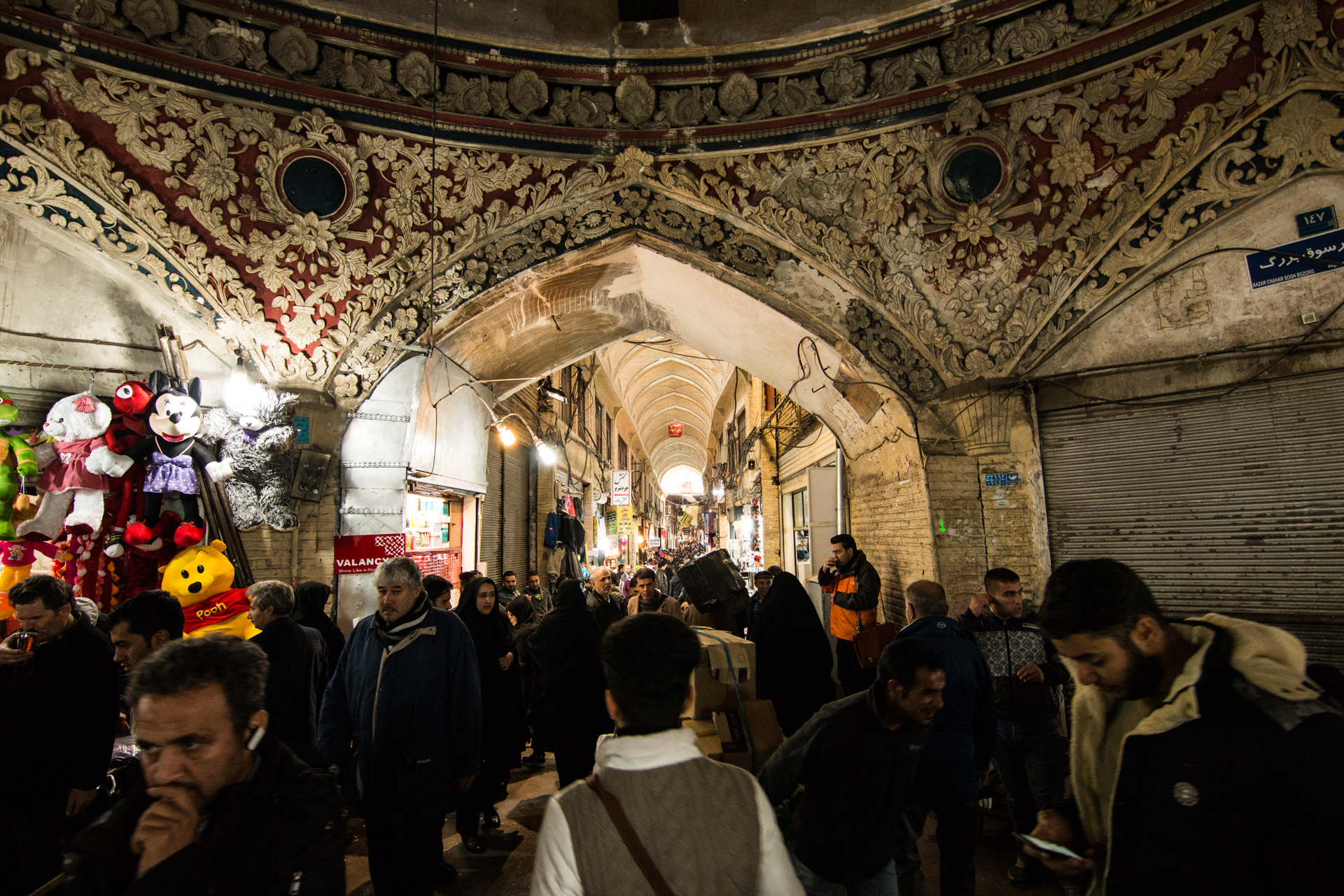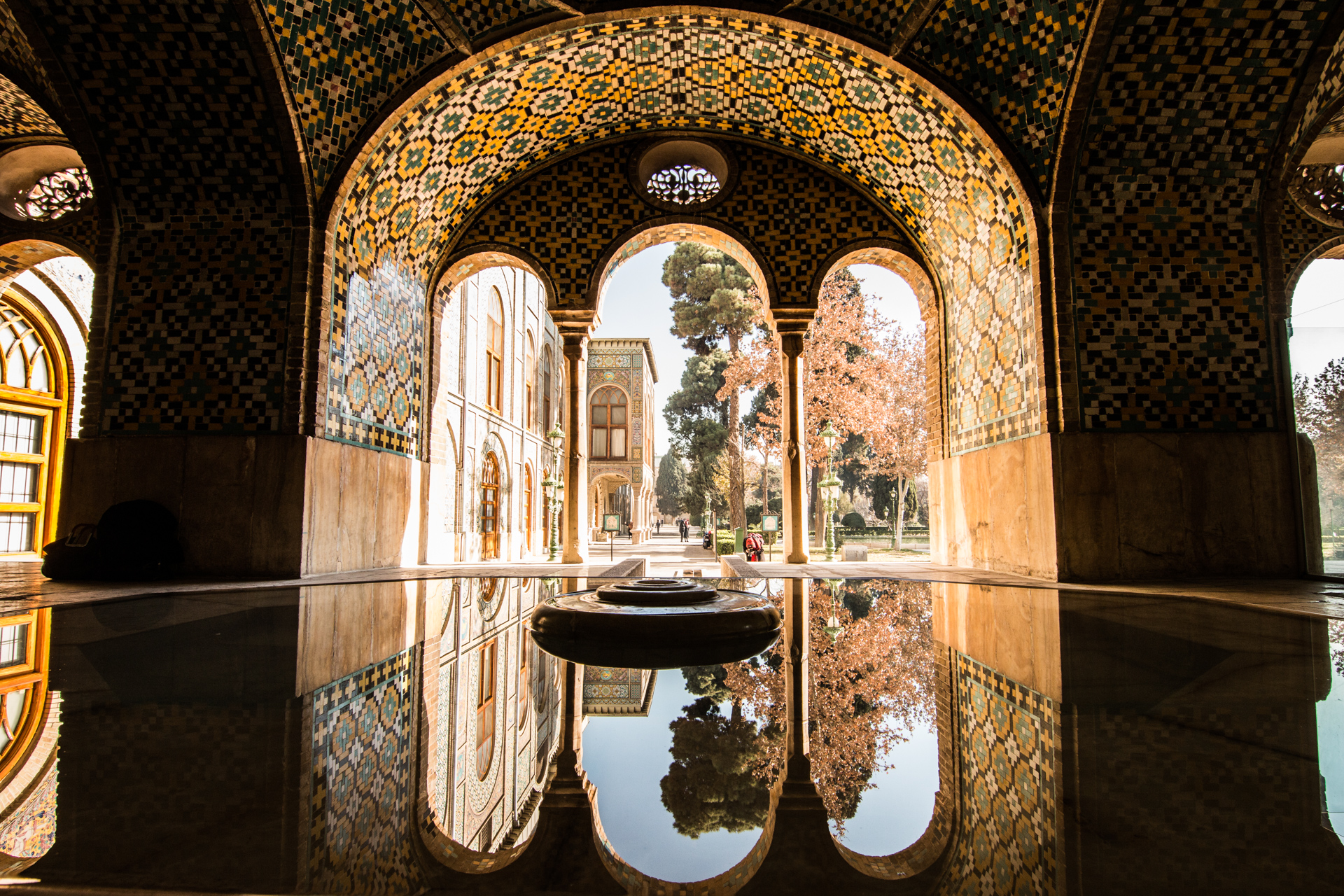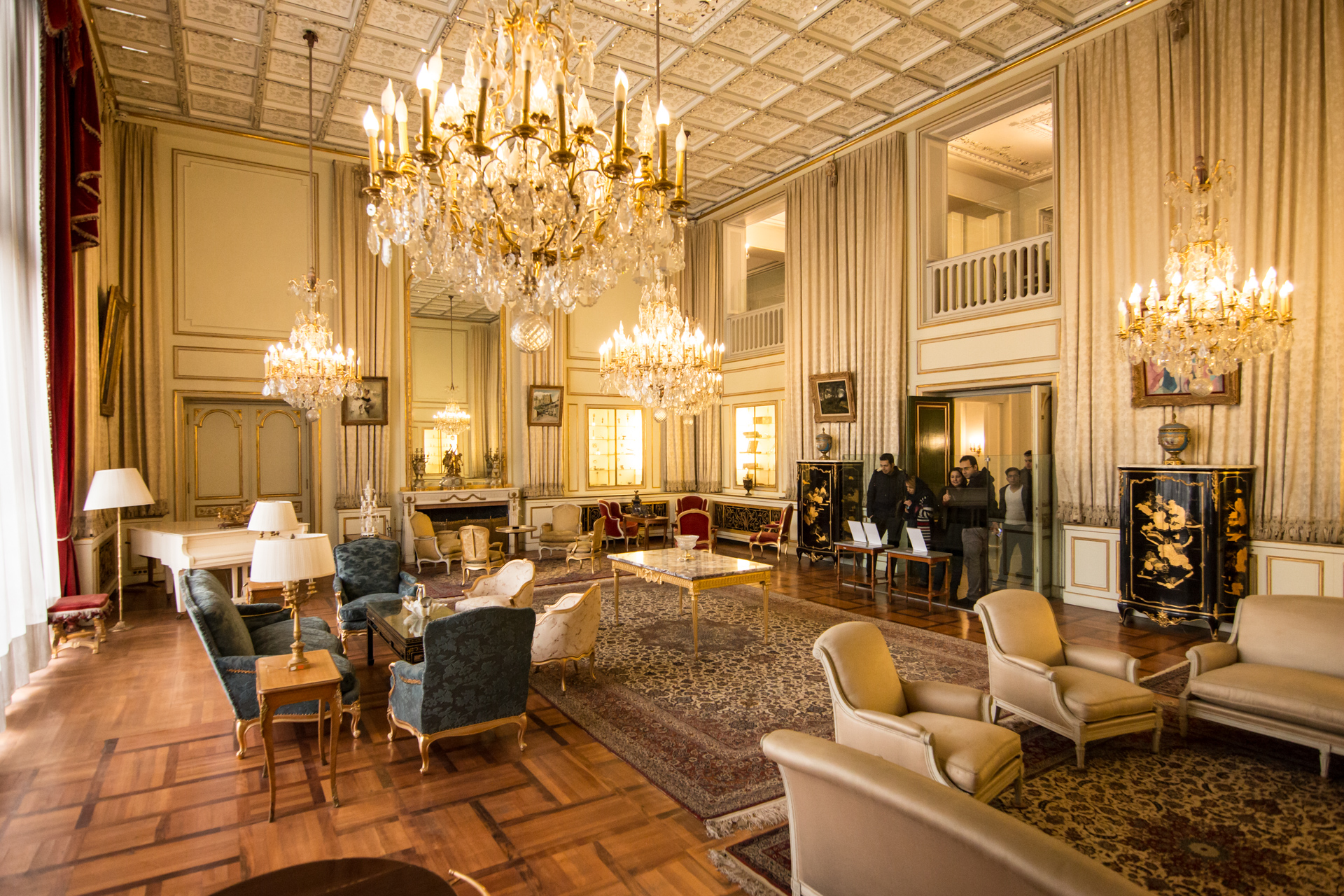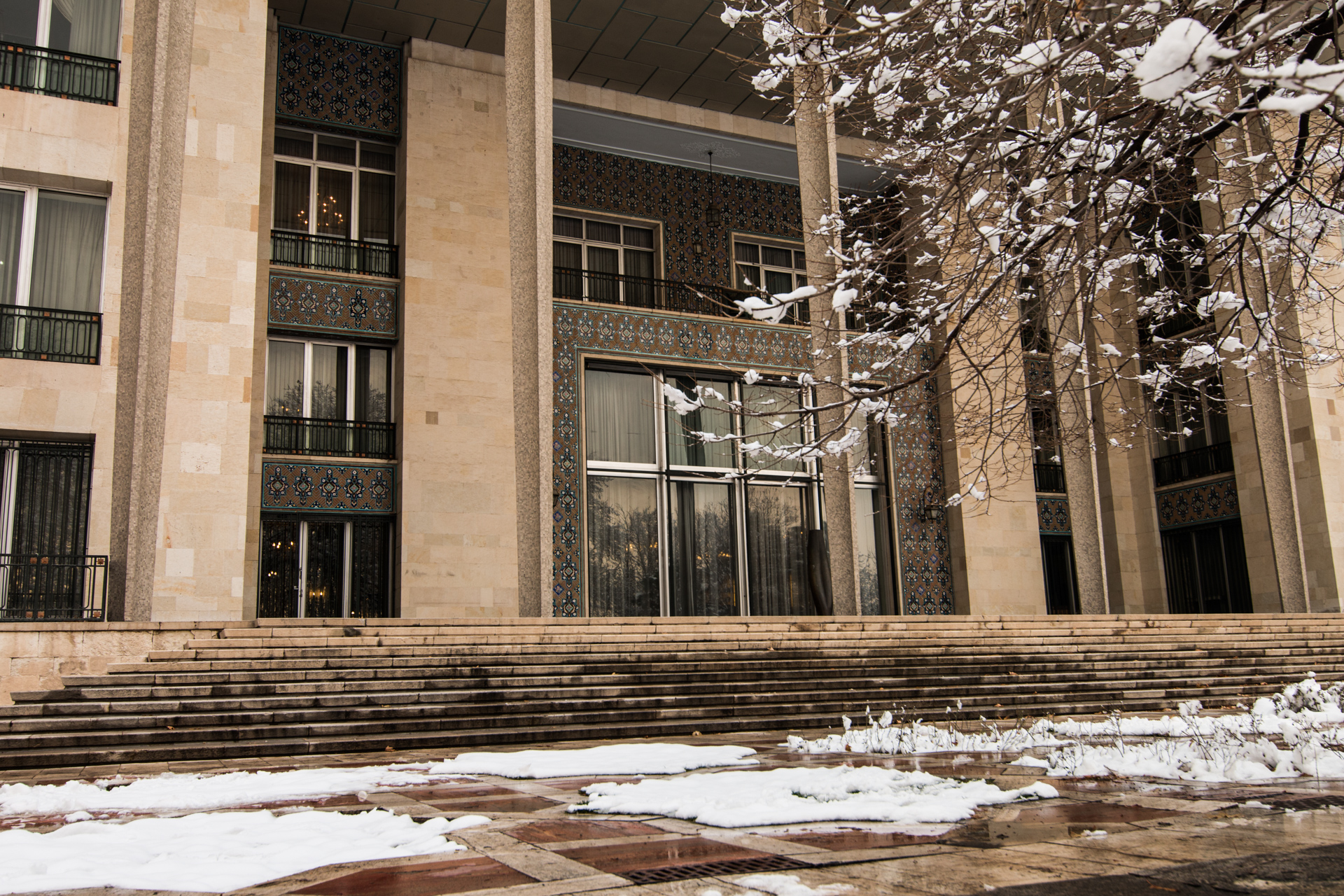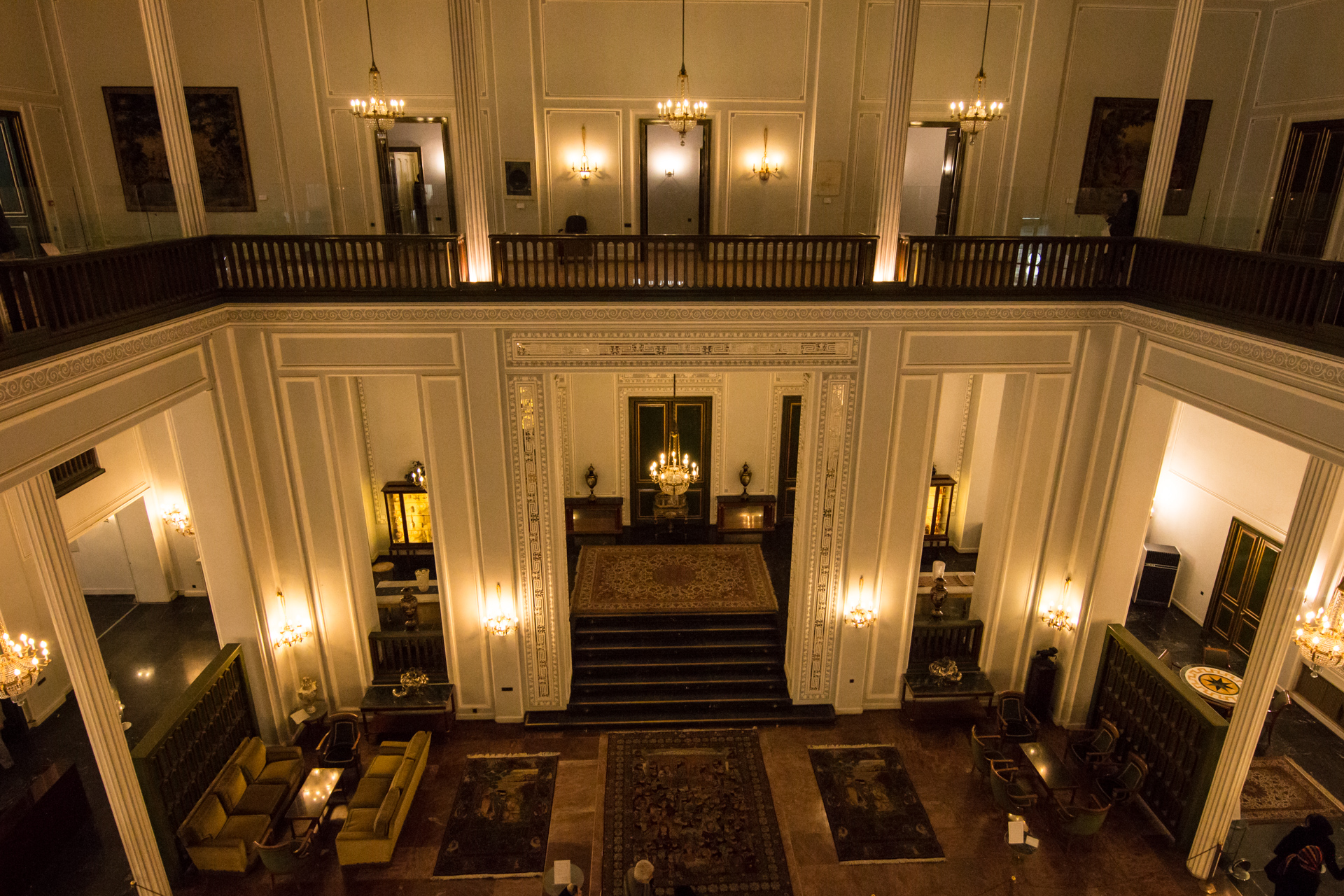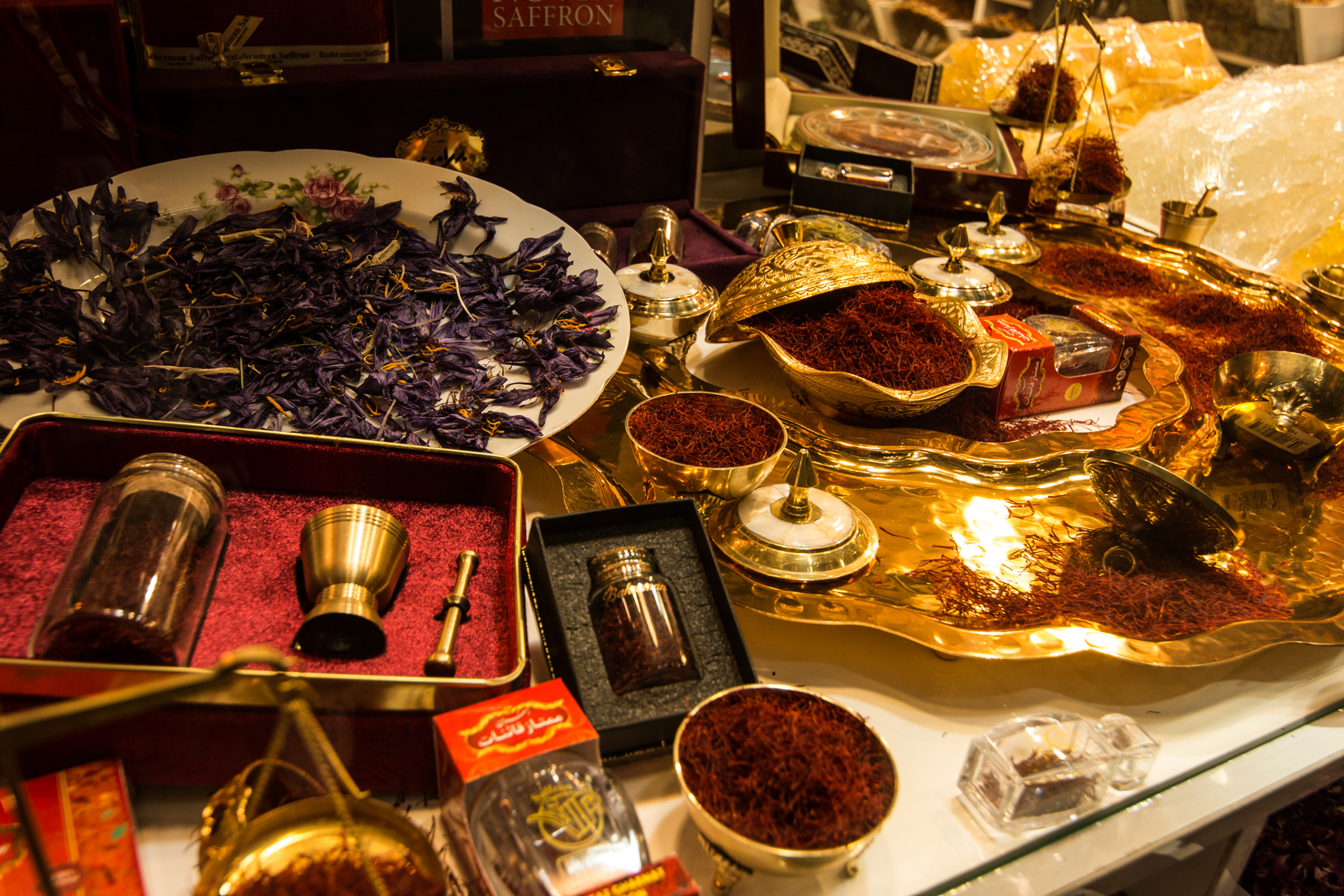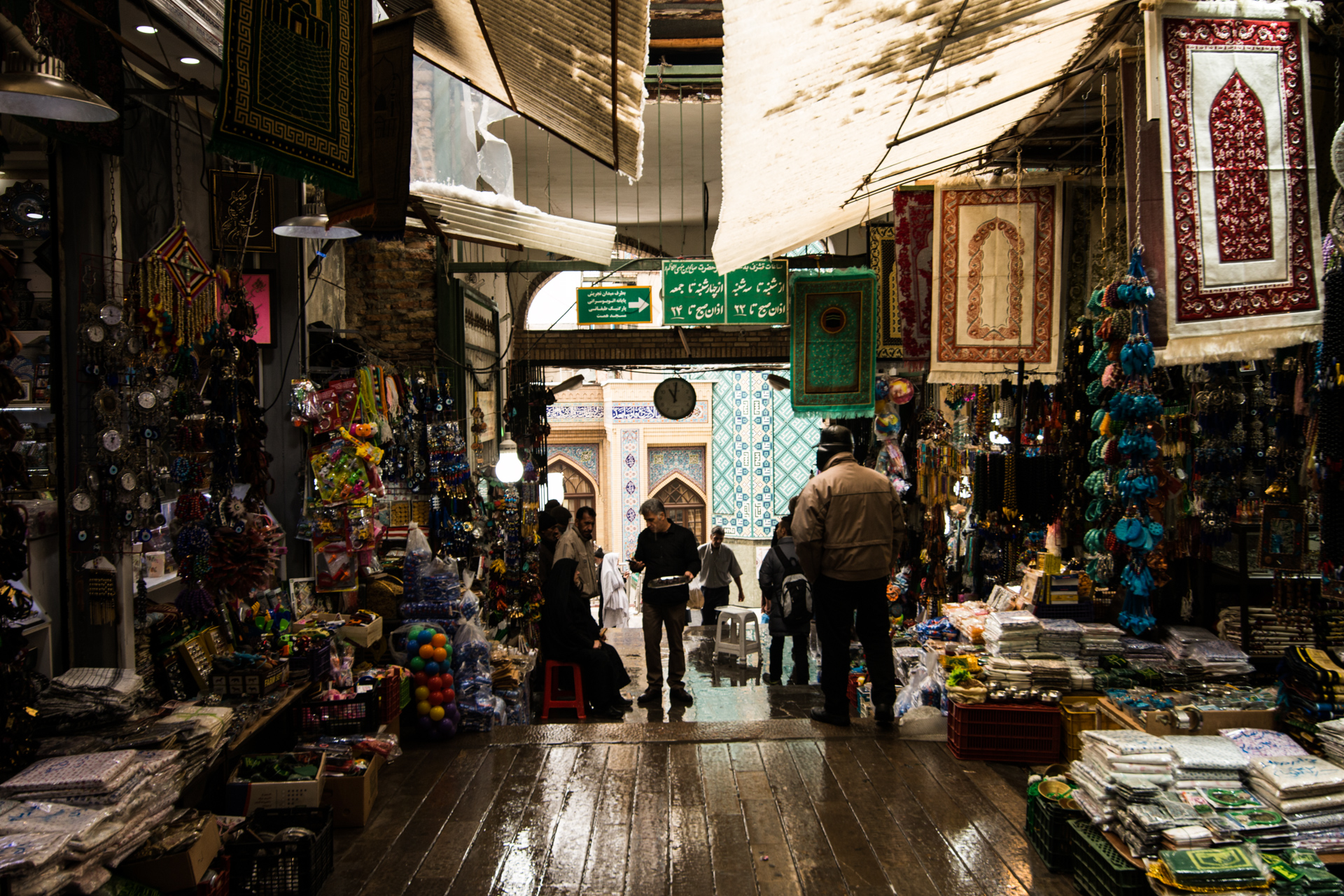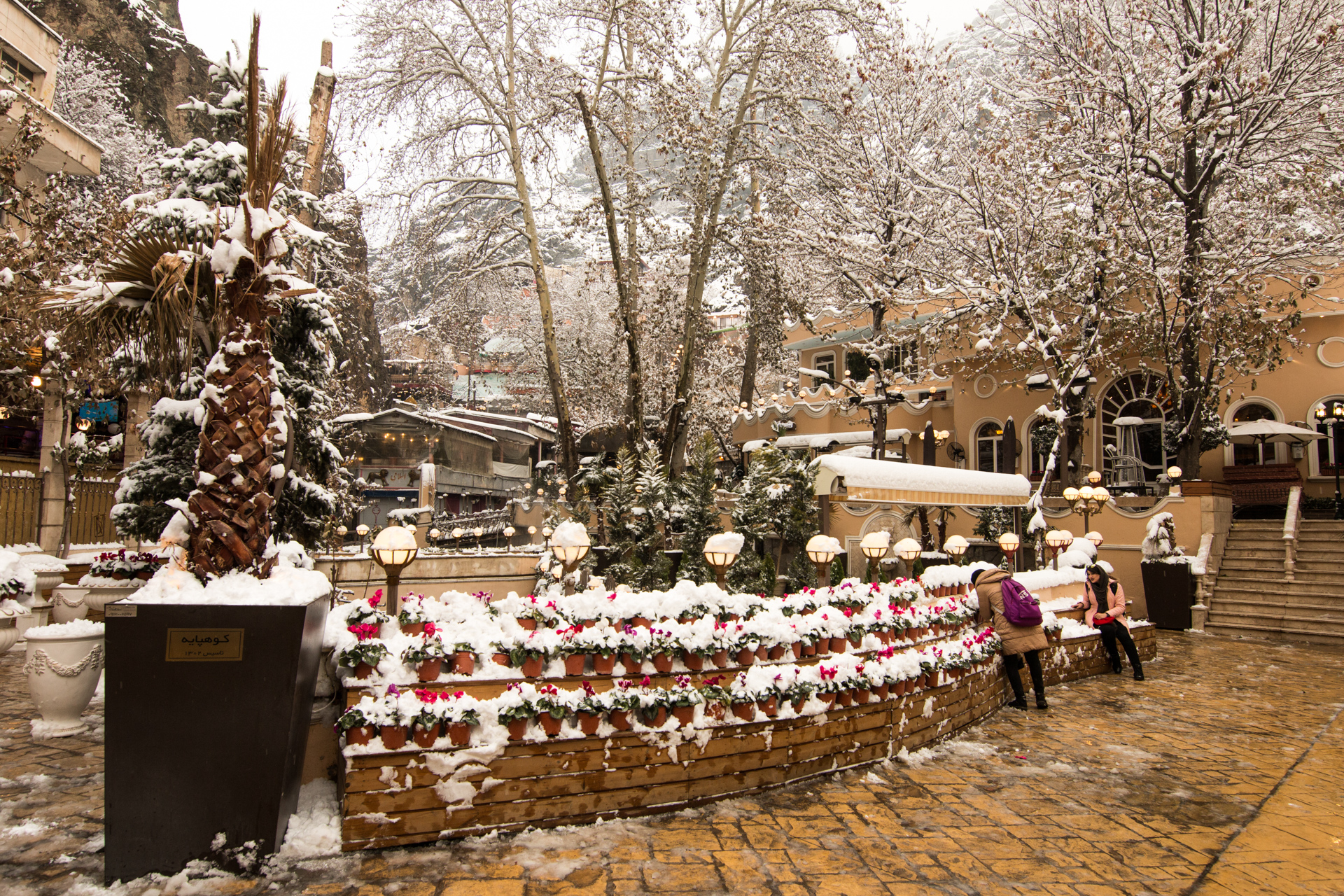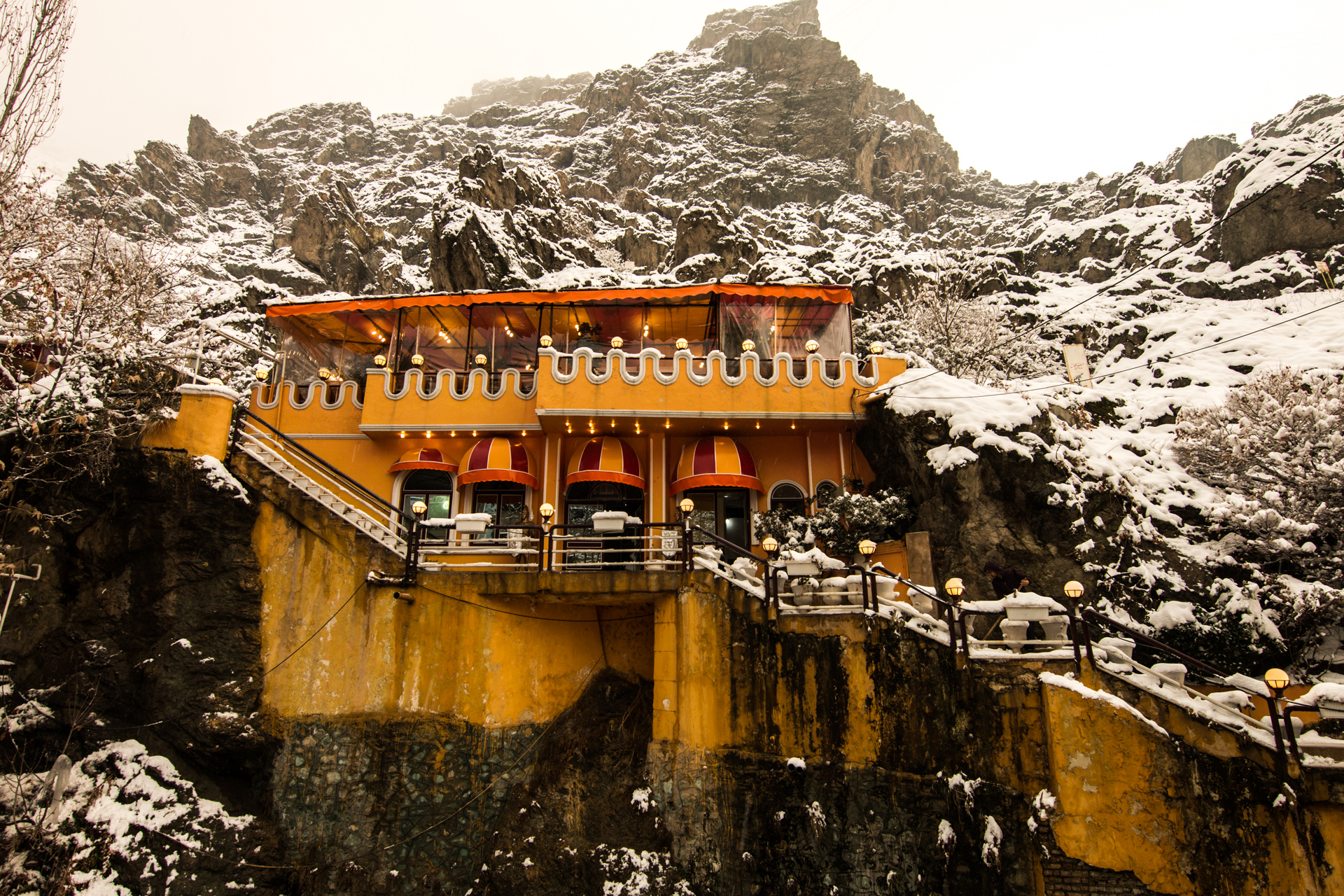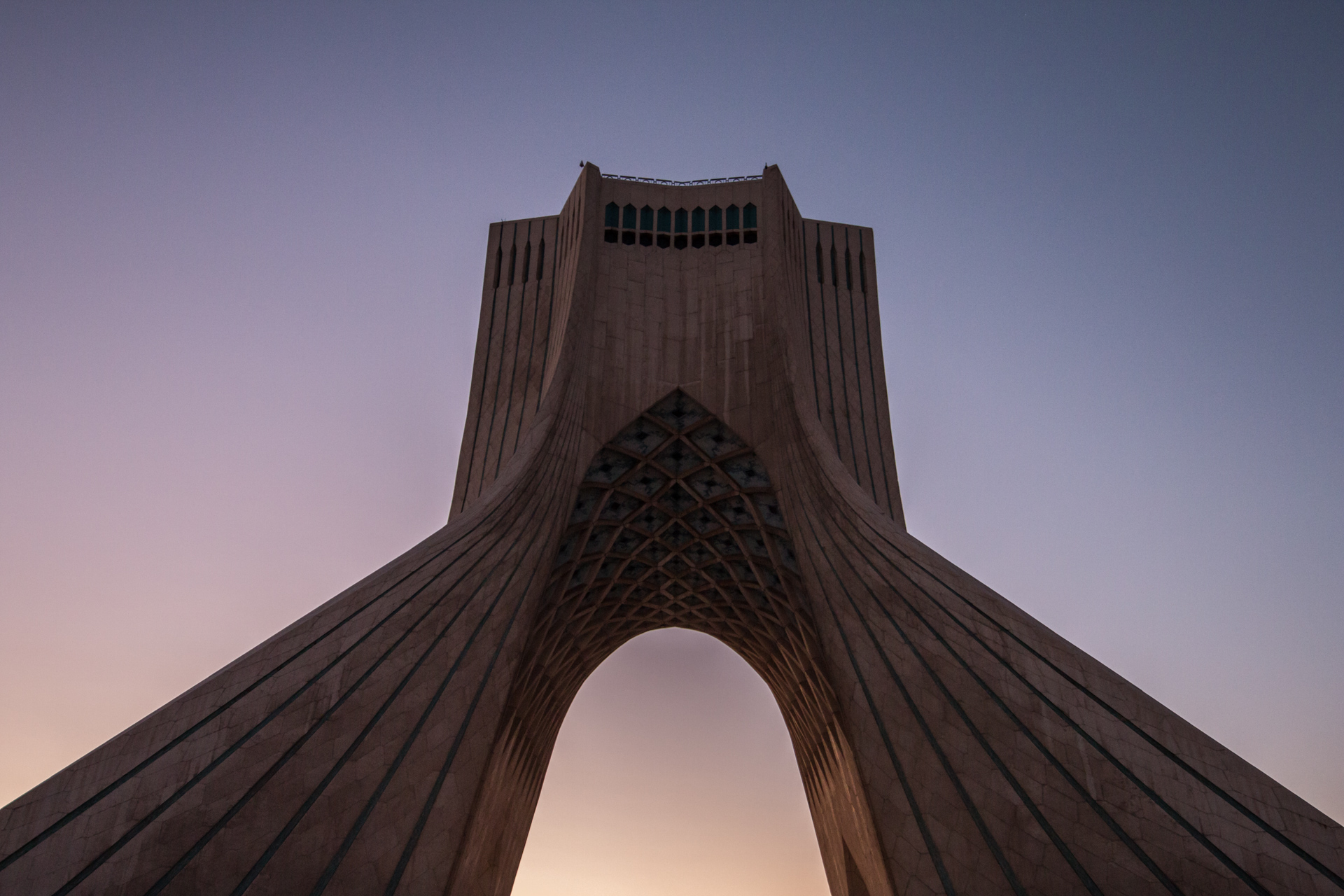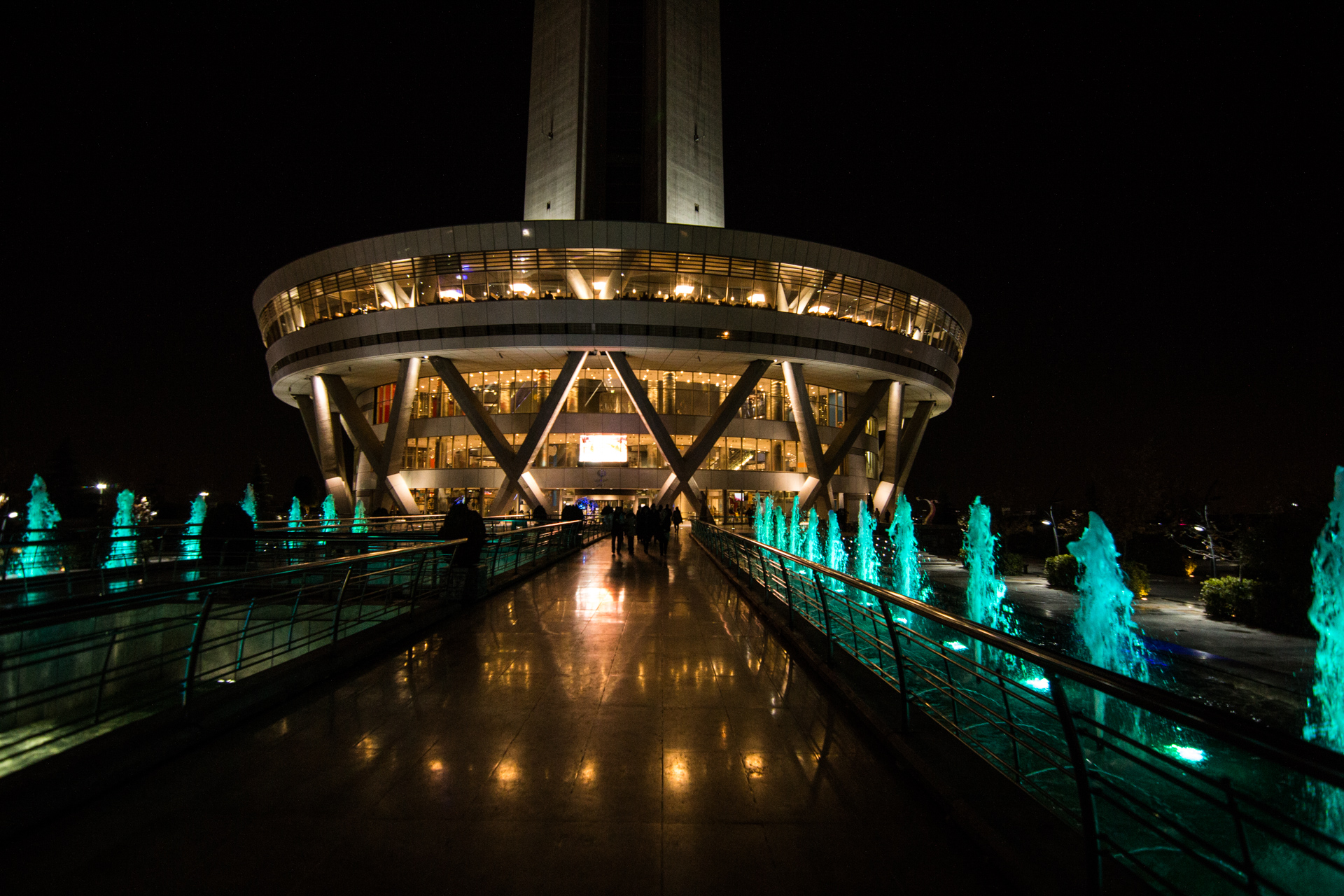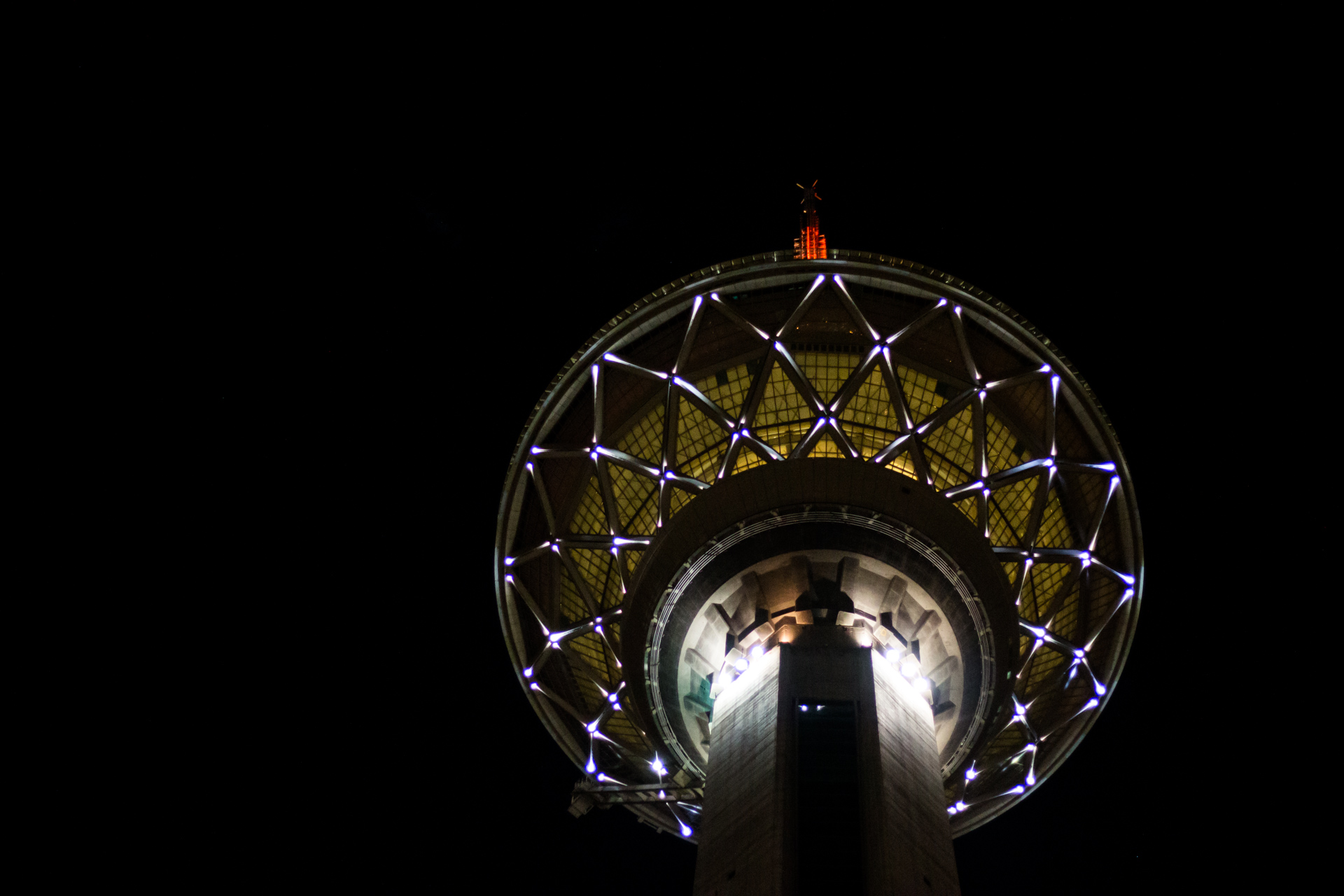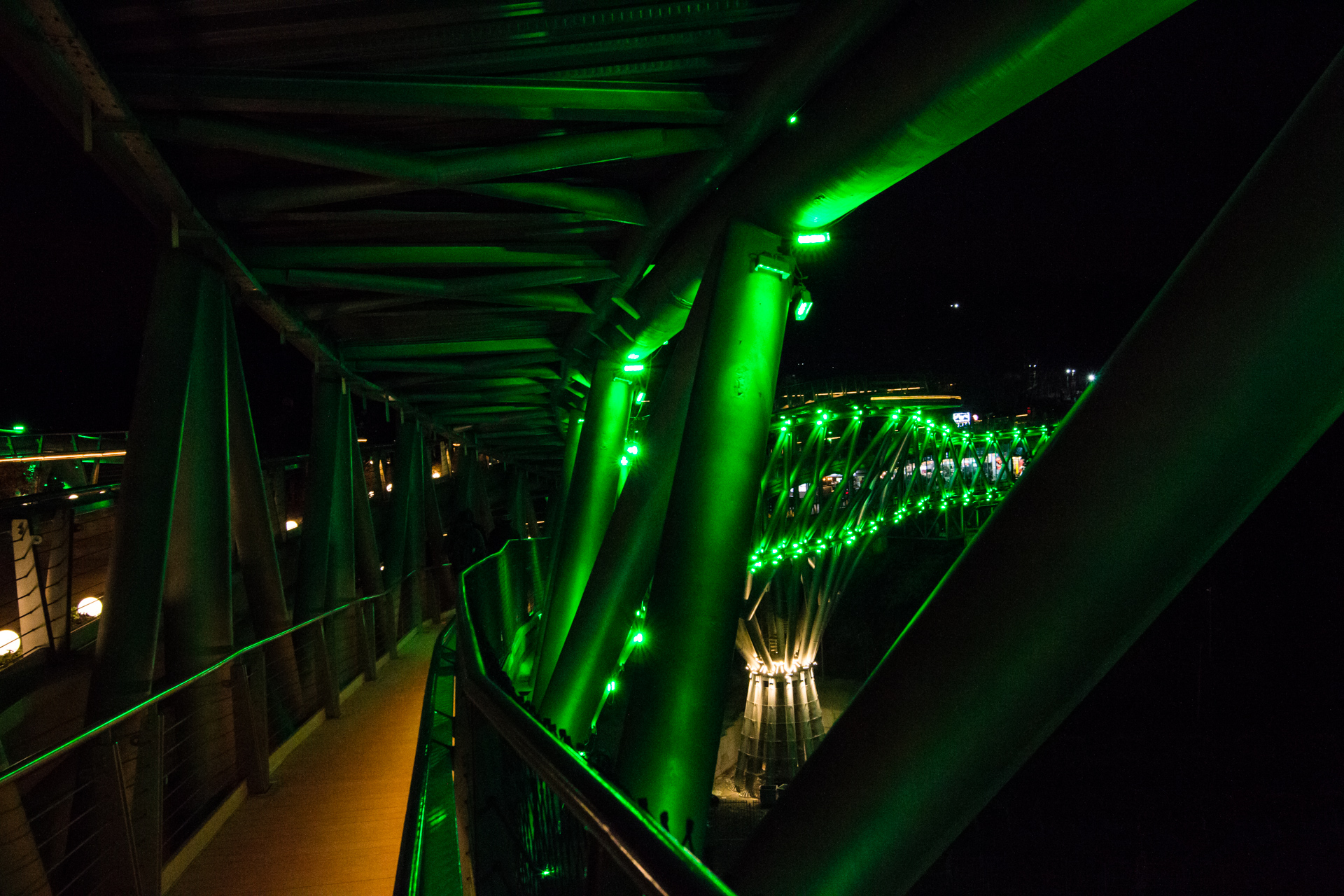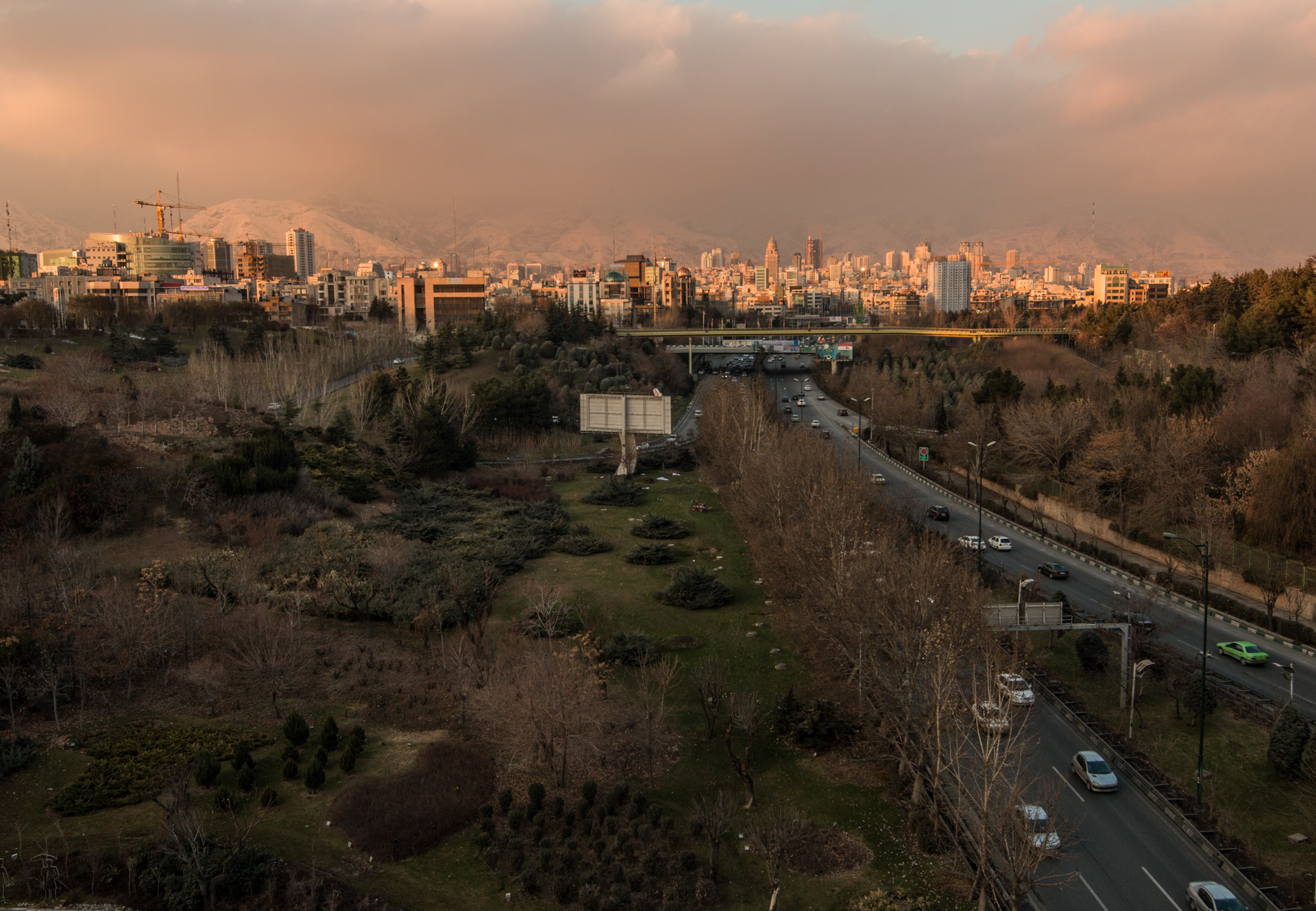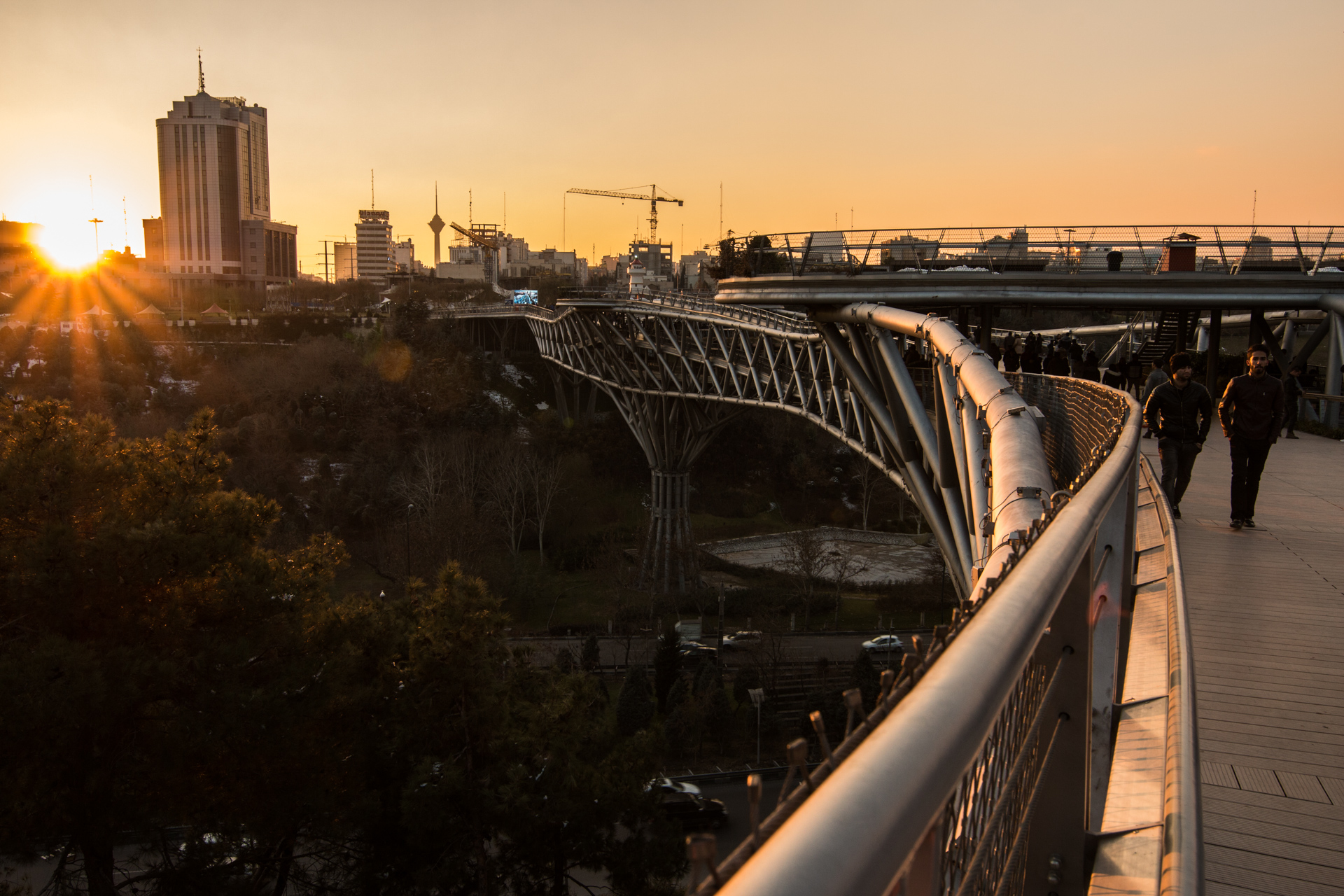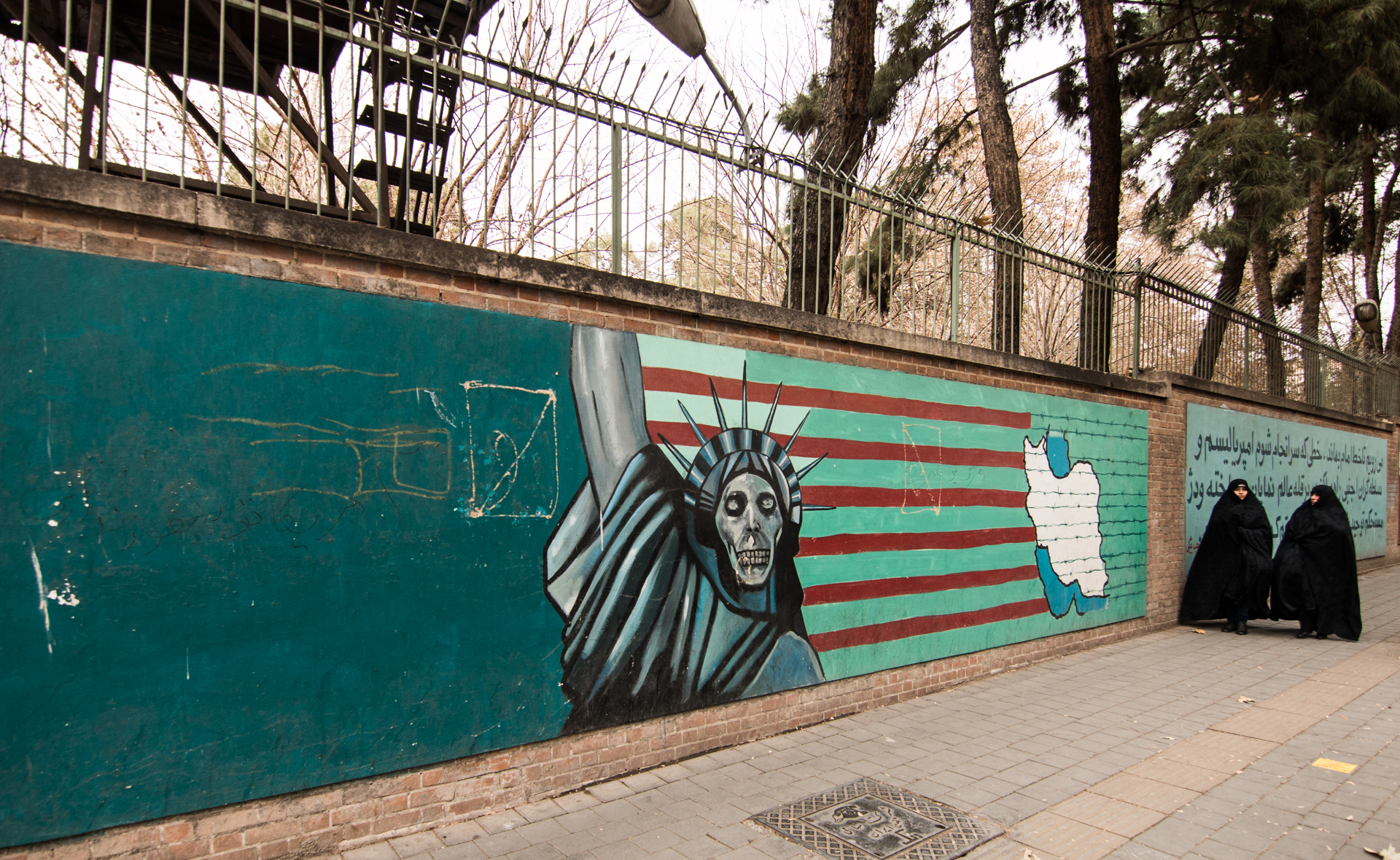Iran is one of those countries where you start off as a millionaire but your millions run out very fast:) And with so many zeros and unclear prices it can be quite a challenge to keep track of your budget. Somehow we managed and it turns out we spent a total of 1565 euros over 28 days of stay. So that makes it 28 euros per day per person.
Let’s see where all the euros went 🙂
Where did we go?
Our journey through Iran started like many others in the capital- Tehran. Afterwards we continued south passing through Kashan, Isfahan, Shiraz, Kerman and many more until we ended our trip on the Qeshm Island in the Persian Gulf.
How did we travel?
With very low prices of petrol and unclear, inefficient public transport, taxis are quite a great mean of transportation in most of the cities. Obviously we always bargained fiercely but in final end a ride would cost just 1 maybe 2 euros depending on the distance. In Tehran except for taxis we used the metro which was even cheaper (2 cards plus many rides that we did cost us a bit above 2 euros). Metro also included a lot of no- mercy -pushing, huge crowds and quite little air…
Between the cities we used very comfortable and spacious buses. To give you an example a bus from Shiraz to Kerman was 800 000 rials for both of us so around 20 euros. For that price we not only enjoyed the stunning view of desert and mountains from our comfy chairs but we also got some snacks and juice to enjoy it even more 🙂
To get from Bandar Abbas to Qeshm island we took a very pleasant ferry that took around an hour and costed 140 000 rials for both of us (around 3.5 euros).
Transport all together came to 196 euros.
Where did we stay?
Accommodation turned out to be more expensive than we thought. Even in low season and bargaining we spend 565 euros so on average 20 euros. It might not seem that much but if you saw the quality of some of those places you would think otherwise. In places like Tehran or Isfahan there was almost no other choice then to go for the cheapest, the shabbiest hostels ever where toilet paper was not included or the only common space was a tent outside (with around 0 degrees). On the positive side everywhere except for Tehran we stayed in private rooms and many times they were as expensive as two beds in a dorm. For a couple that is great news in a country where no affection can be shown in public and where women have to follow a dress code even in common areas of most of the hotels. As finding accommodation online is quite difficult and finding out their prices is almost impossible we post a full list of the places we stayed in:
- Tehran- Seven Hostel – quite shabby, very basic accommodation with very limited internet. Price of this doubtful entertainment is 10 dollars per bed. In high season the price goes up to 15 dollars per night. On the positive side you can book it online which is very handy as you need your first address and contact number to get a visa on arrival. It also has free tea all the time which helps to warm up in the only common space available which is a cold tent outside.
- Isfahan- Amir Kabir – to say that toilet paper is not included in the price says enough. But well it’s by far the cheapest option and for little more money you don’t really get much more service… And here a private room is the same price as two beds in the dorm so 20 dollars (per room) which was tempting enough for us.
- Kashan- Noghli hotel – definitely our favorite place of them all. For passionately bargained 1 000 000 rials (around 25 euros) we got a big double room with lots of light, private bathroom and a delicious, varied breakfast which offered bread, eggs, beans, halva, veg and much more. Except for sleeping we actually enjoyed hanging out on their stunning courtyard sipping free black tea with cardamom. A place we would definitely recommend.
- Yazd- Dalan e Behesht- it’s a historical house with quite a nice courtyard with very, very friendly staff. There we got an ok private room with shared bathroom for 20 dollars a night. The only problem is that the hostel is in serious need of cleaning. The toilets make you just nauseous and the carpets haven’t seen a vacuum cleaner in a very long time.
- Shiraz- Golshan Hotel- probably our second favorite although the most expensive of them all -35 dollars a night for a double room with private bathroom. But it was worth the price. Except for stunning, bright, traditional courtyard with comfy Iranian sitting areas and good breakfast we got a very friendly staff that was ready to answer all of our questions. Although some of them didn’t speak any English and would say yes to every single thing we asked 😀 on the negative side our room was quite small and dark and tea was not included in the price
- Qeshm- Assad’s homestay- we seriously heard legends about this homestay as being epic, amazing, super friendly. We enjoyed it although there was no doubt that for Assad it’s very much a business now. Keeping in mind that food and accommodation were both very basic and there wasn’t much variety we would say 13 euro per person per night was not such a bargain after all. Also being there we were in the middle of nowhere and as much as we thought we would be close to nice beaches and nature it wasn’t really true. On the positive side Assad is really a nice guy and he can organize tours and transport at very attractive prices.
- Qeshm- Diplomat hotel- situated in Qeshm City it’s close to all the life of the island. We were hesitant to go there as we couldn’t find any pics online but once we got there we actually saw that the rooms were quite ok, spacious, with more or less working air-co and tv. Not to mention that wifi was the fastest in Iran and there was no limit on it. All of that for a bargain of 800 000 rials a night (around 20 euros).
Except for these we spend two nights in the buses and one night on an excursion in the Kalut desert which is not included in the accommodation part of our budget.
What did we eat?
On food and eating out we spent a combined 228 euros. We didn’t have a kitchen for the whole time and so we were forced to eat out. Breakfasts were included practically everywhere, for lunches we mostly bought some flat bread, fruit, and cream cheese. When it comes to dinners we went either for a 1-2 euro falafel or for a very nice, Persian meal for around 5-6 euros. We loved that every time we ate we got really enough vegetables, herbs, spices and in most of the places the food was really tasty and packed with flavor.
How expensive are museums, tours etc?
Tourism turned out to be surprisingly expensive and overpriced in many cases. So many of the sight cost 200 000 rials per person (around 5 euro) which is quite pricy considering that most are quite small and you won’t spend more than an hour in there. Thankfully that’s also the price of Persepolis where you can wander around stunned for a whole day:) Unfortunately Iran is no Paris where you can just walk around the streets for days and be absolutely fascinated. The streets don’t offer much to the eyes and so no wonder we ended up spending 533 euros on tickets, tours etc. The most expensive tour was the one visiting the Kalut desert. It was 150 euros for two days and one night of very basic accommodation. Honestly we felt it was overpriced but we couldn’t find anything cheaper than 120 euros and we really wanted to see this absolutely stunning desert. So why did we choose the one for 150 euros if we could just go there for 120? Well the guys that offered us 120 euros either didn’t really speak good English or they didn’t really seem professional.
Where did the rest of our rials go?
Quite minor 42 euros went for variety of things like internet (250 000 rials for the card and 3gb mobile internet so around 6 euros) which turned out to be very handy in a country where internet is very limited. We also spend some money on postcards and laundry.
Our tips to save money in Iran
- Bargain, bargain, bargain!! Especially accommodation, tours and taxis are way cheaper if you bargain. So forget about booking a room on the phone, just go to a few places, check out the standard and bargain. The prices are getting even more attractive if you decide to stay for more than 1 night. We traveled through Iran during low season which definitely helped with many of the prices. Bargaining in rials instead of dollars can be very beneficial.
- In front of the bus terminals there are guys screaming destinations that bring you to the desk… They don’t do it out of kindness of their hearts. They charge commission. So just pass them without saying where you’re going.
- Exchange money in exchange offices not in banks. They will give you a better exchange rate, better than google. You can expect around 1 euro= 40 000-42 000 rials.
- Don’t forget to take all the money you need. There is no option of withdrawing money once there and we heard that sending money via carpet sellers is very expensive.
- Volunteer! Although we didn’t try it we met quite a few people volunteering on Qeshm island via Workaway. It doesn’t seem like there are much opportunities at the moment but it’s definitely a growing branch.
- Check, check, double check! Many times while paying for food we discovered “mistakes” in our bills…
- Make sure about the prices!! With so many zeros and big confusion about the rials and tomans it’s easy to get confused and ending up paying way too much. Make sure you know how many zeros the final price has and if it’s in toman or rials (1 toman= 10 rials).
- Share! Costs or taxis and tours are often calculated per car so if you’re with more people it’s way cheaper.
- Take overnight buses:) they are comfy, cheap and well it will save you accommodation costs.
P.S. Exchange rate used for the overal budget 1 EURO = 40 100 RIALS
Hopefully this post will help you prepare for your trip to Iran:) If you have any questions: don’t hesitate to ask:)
